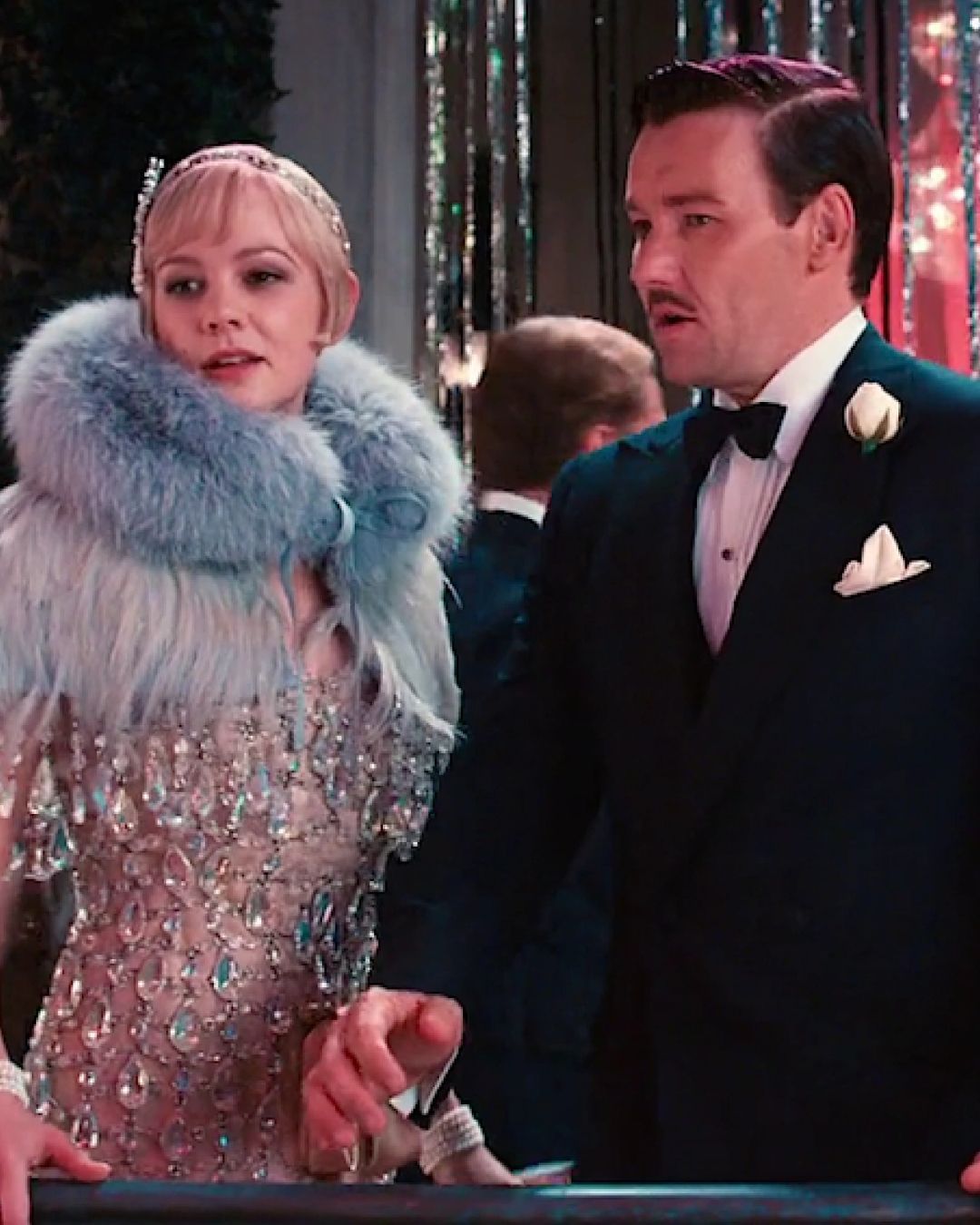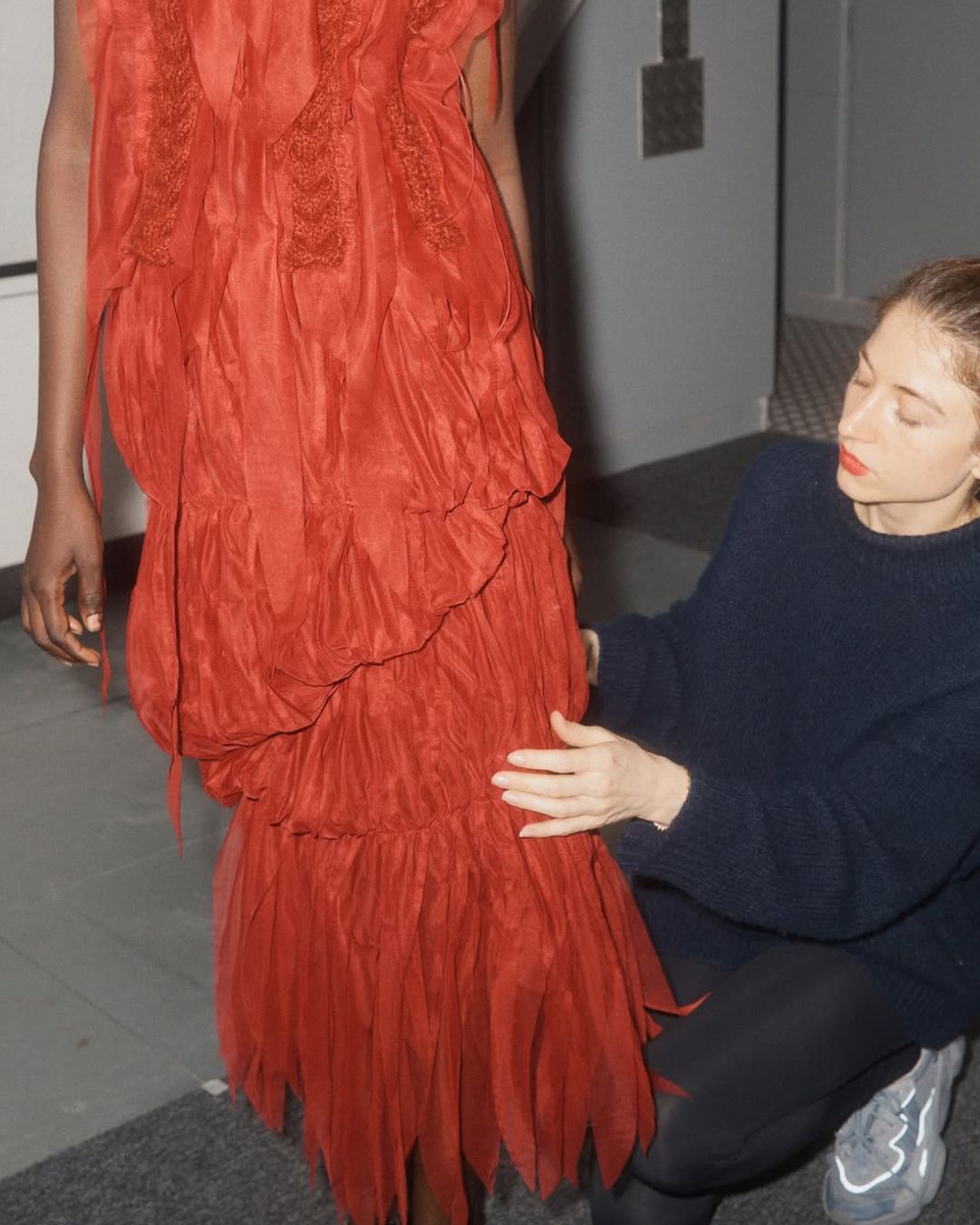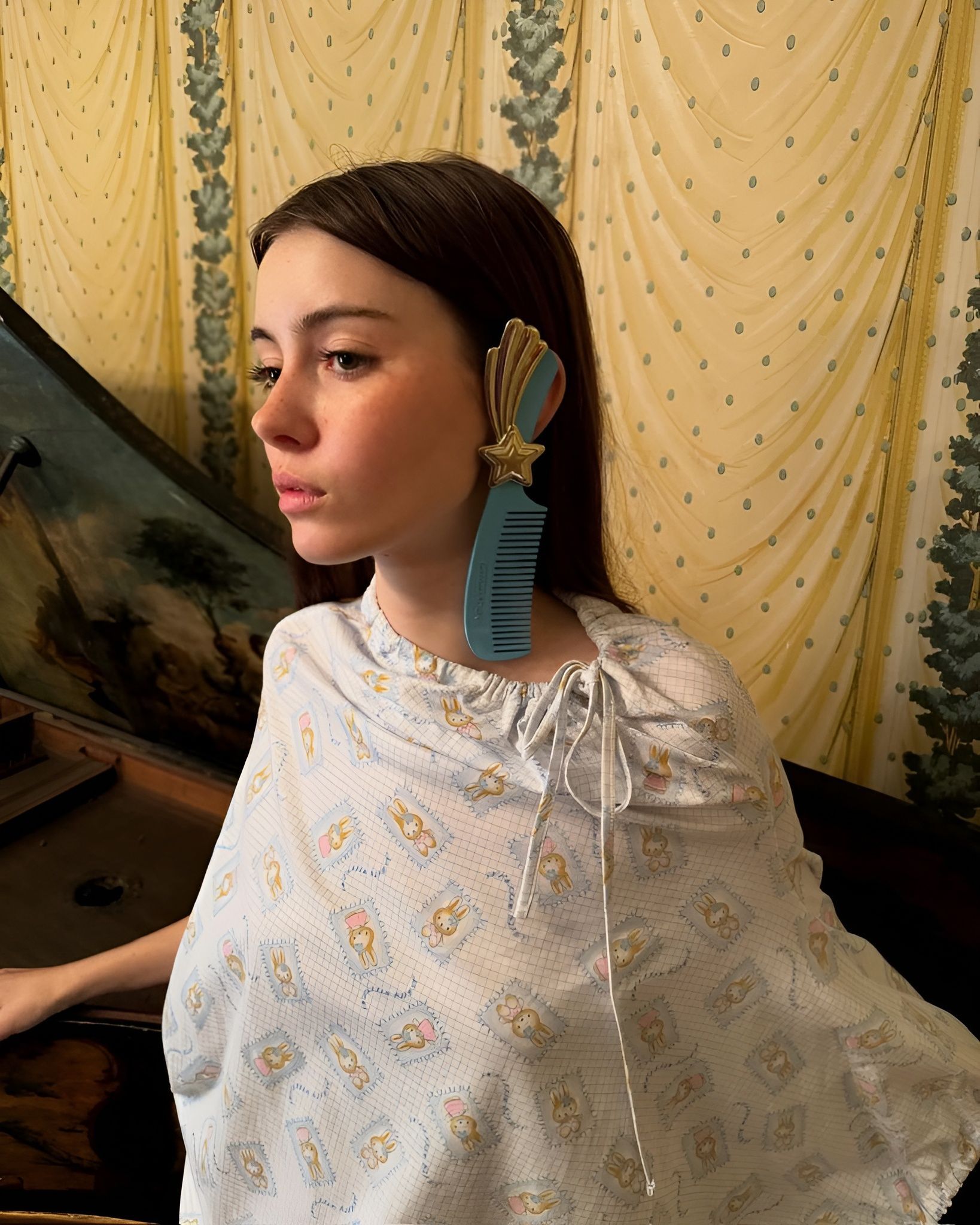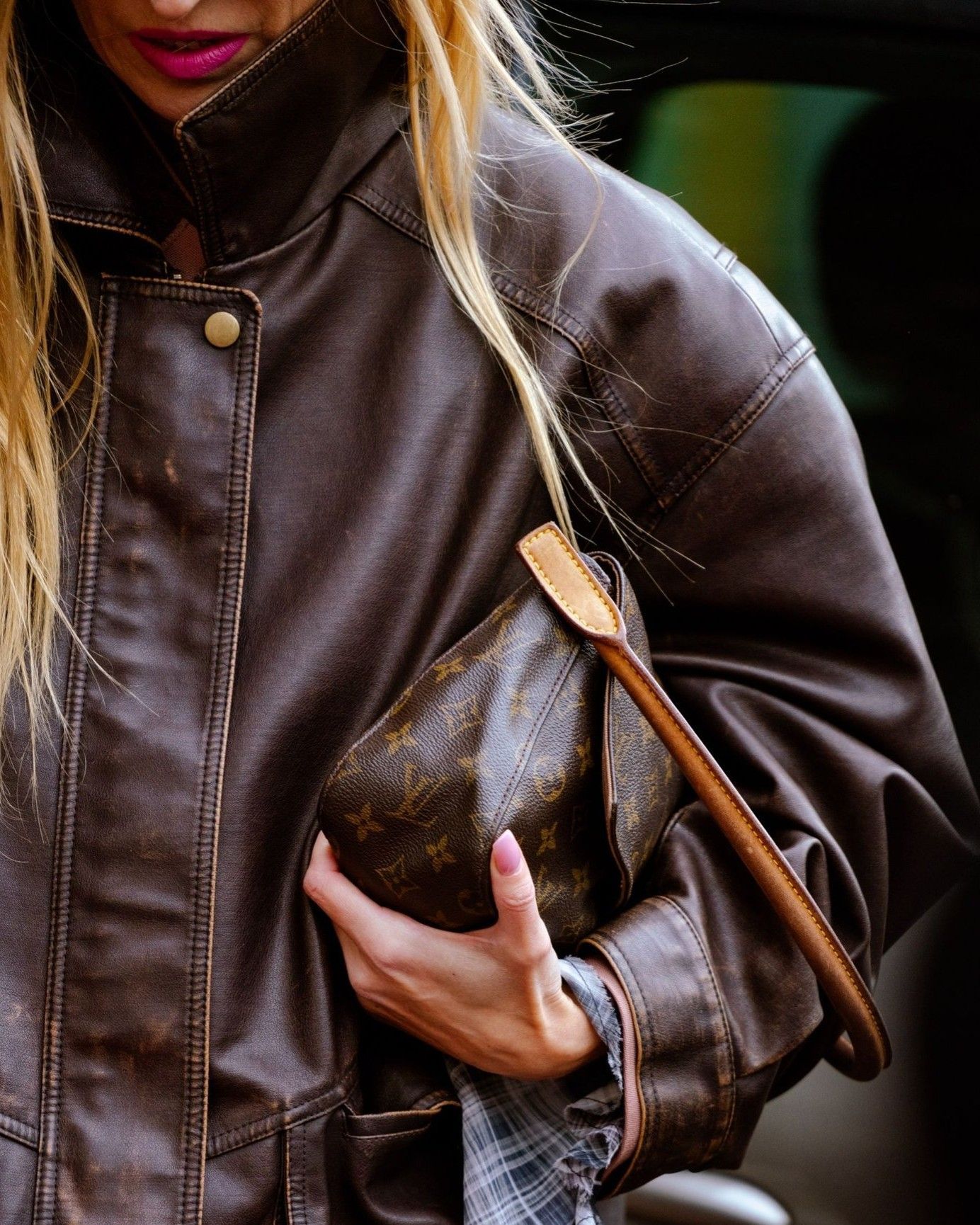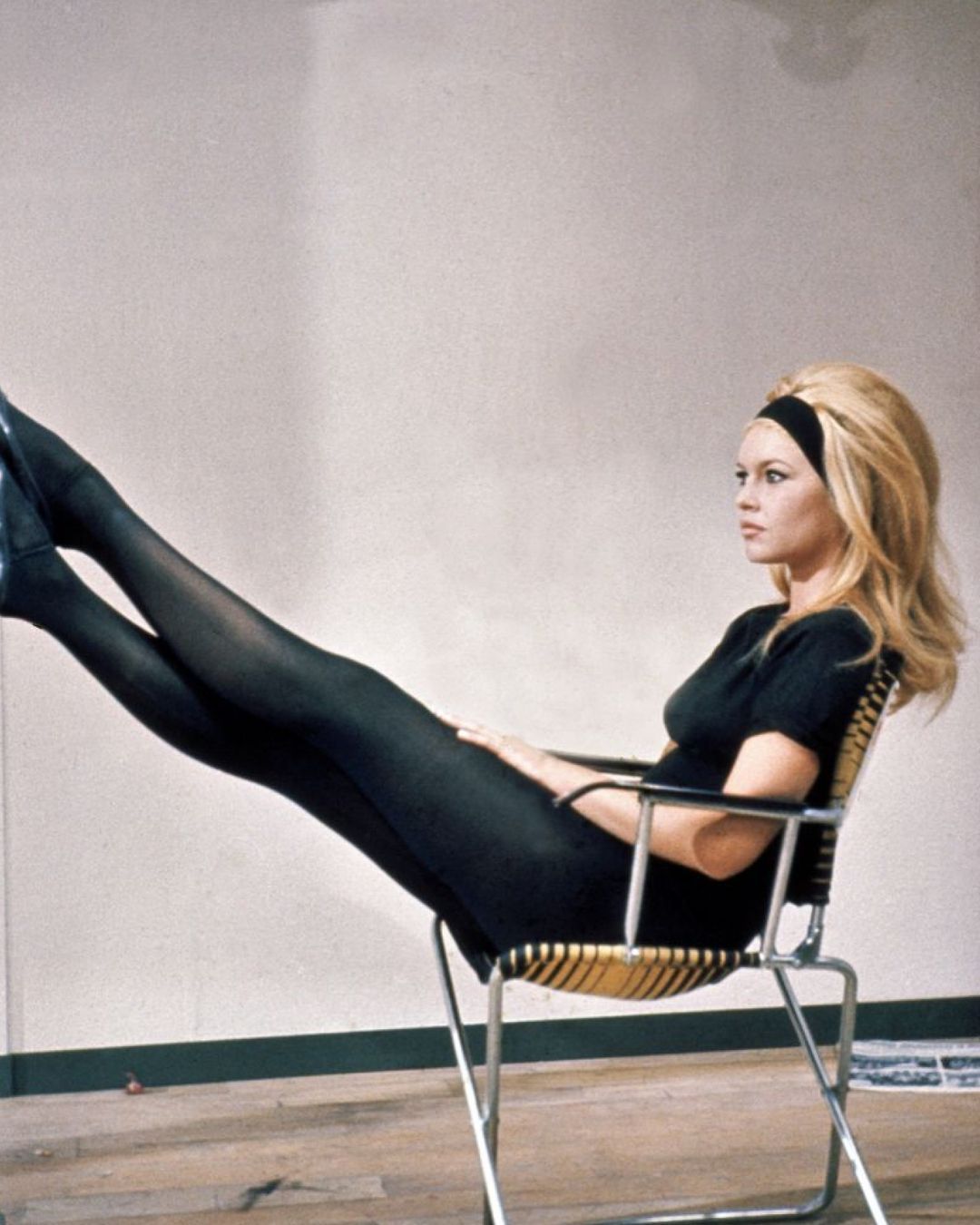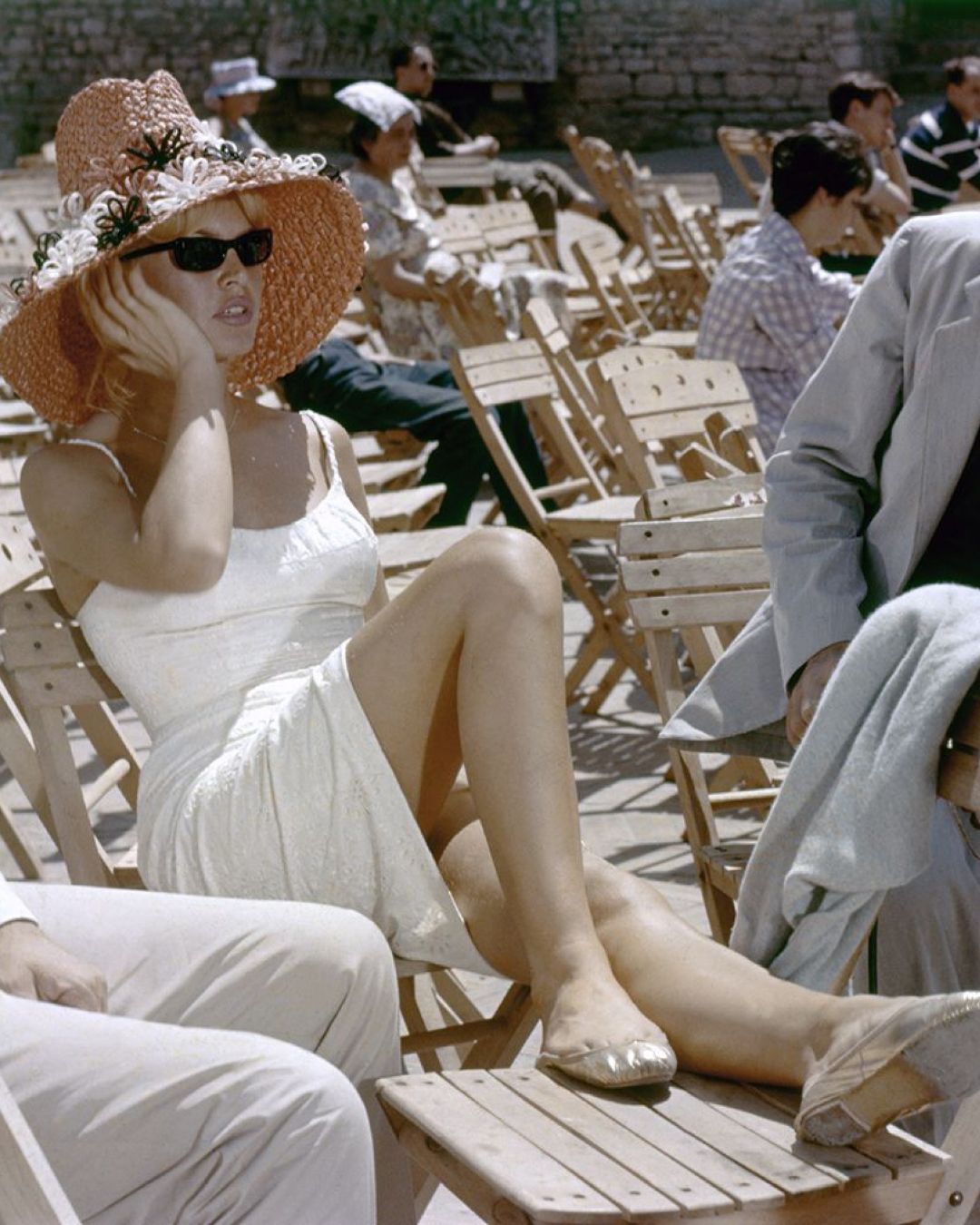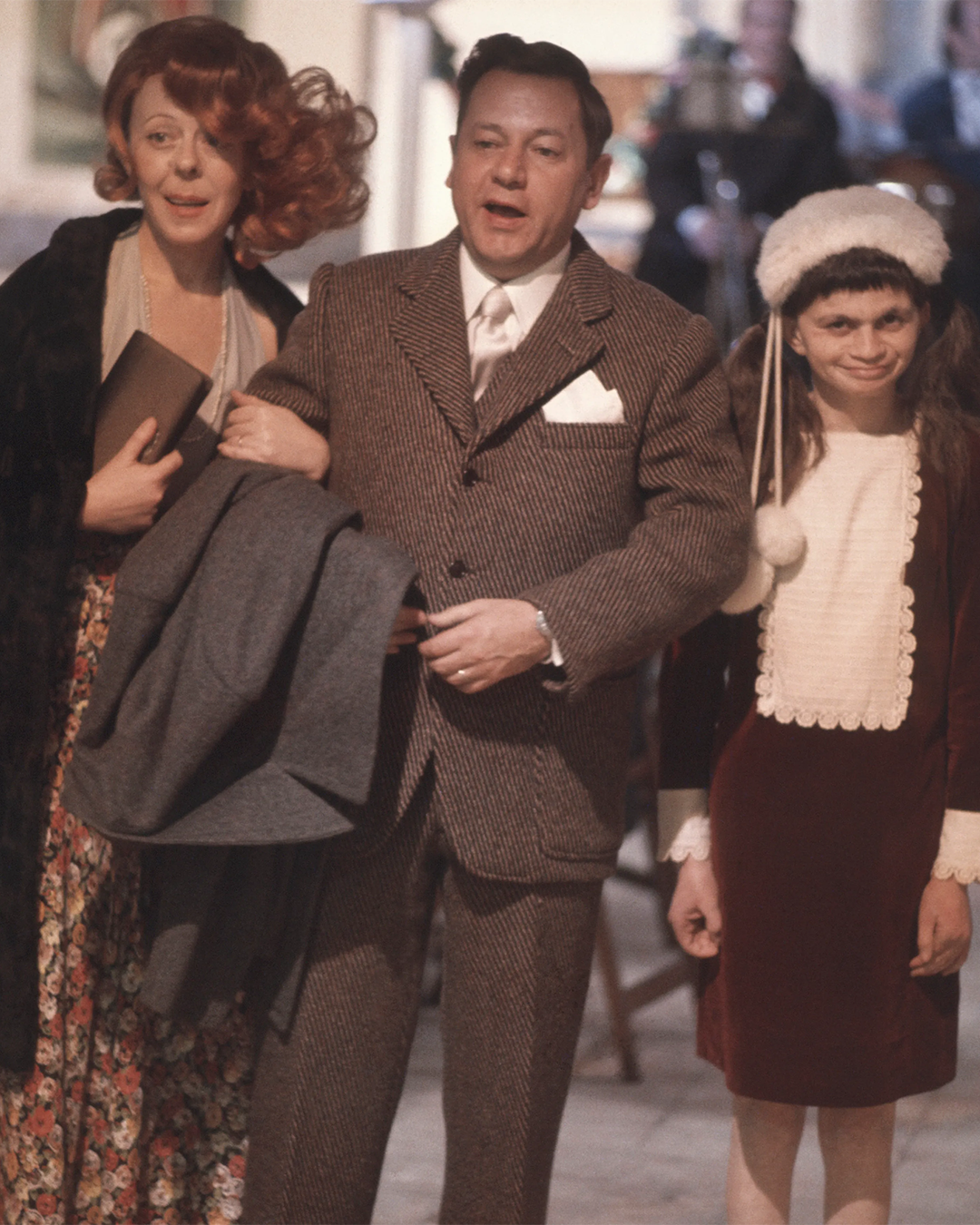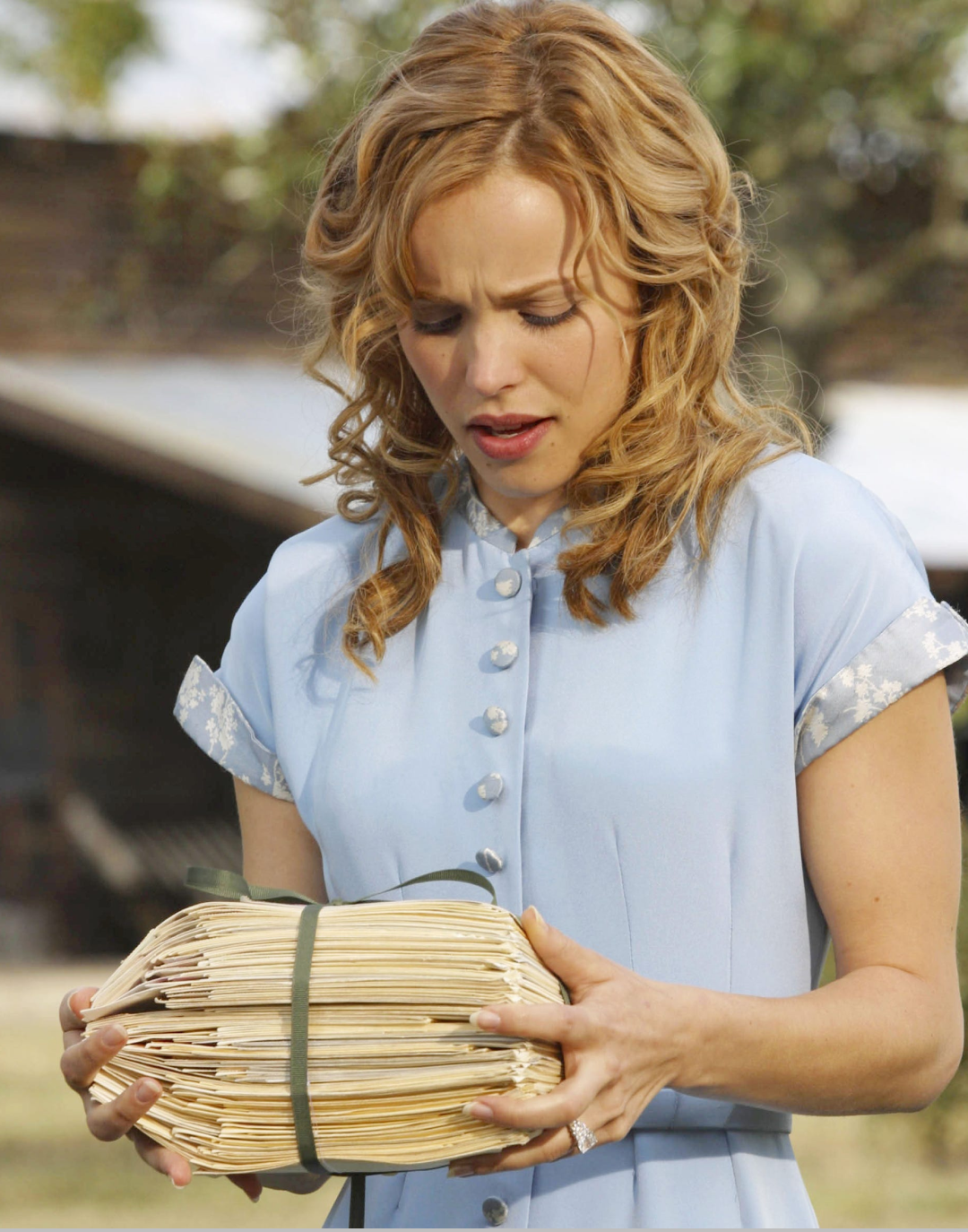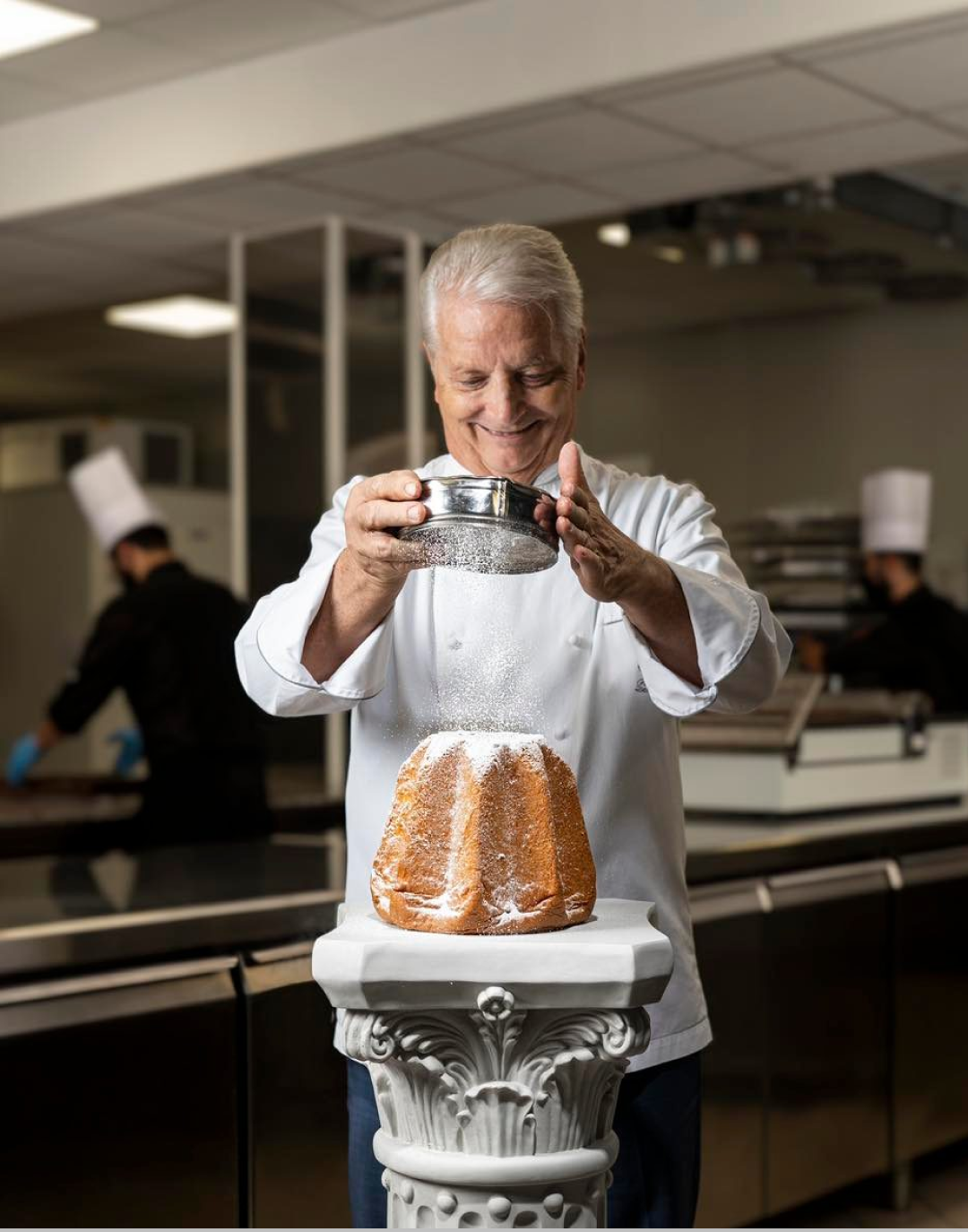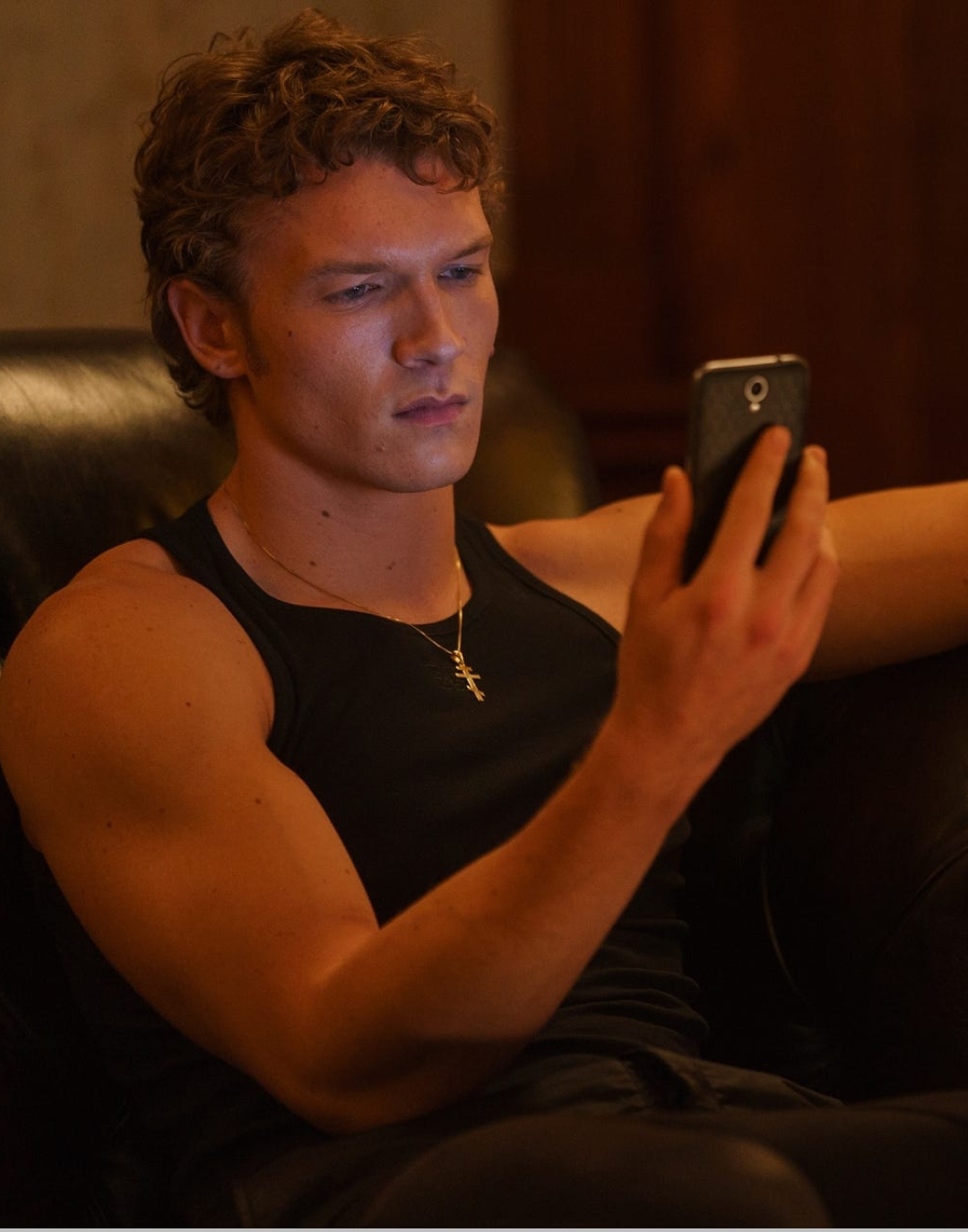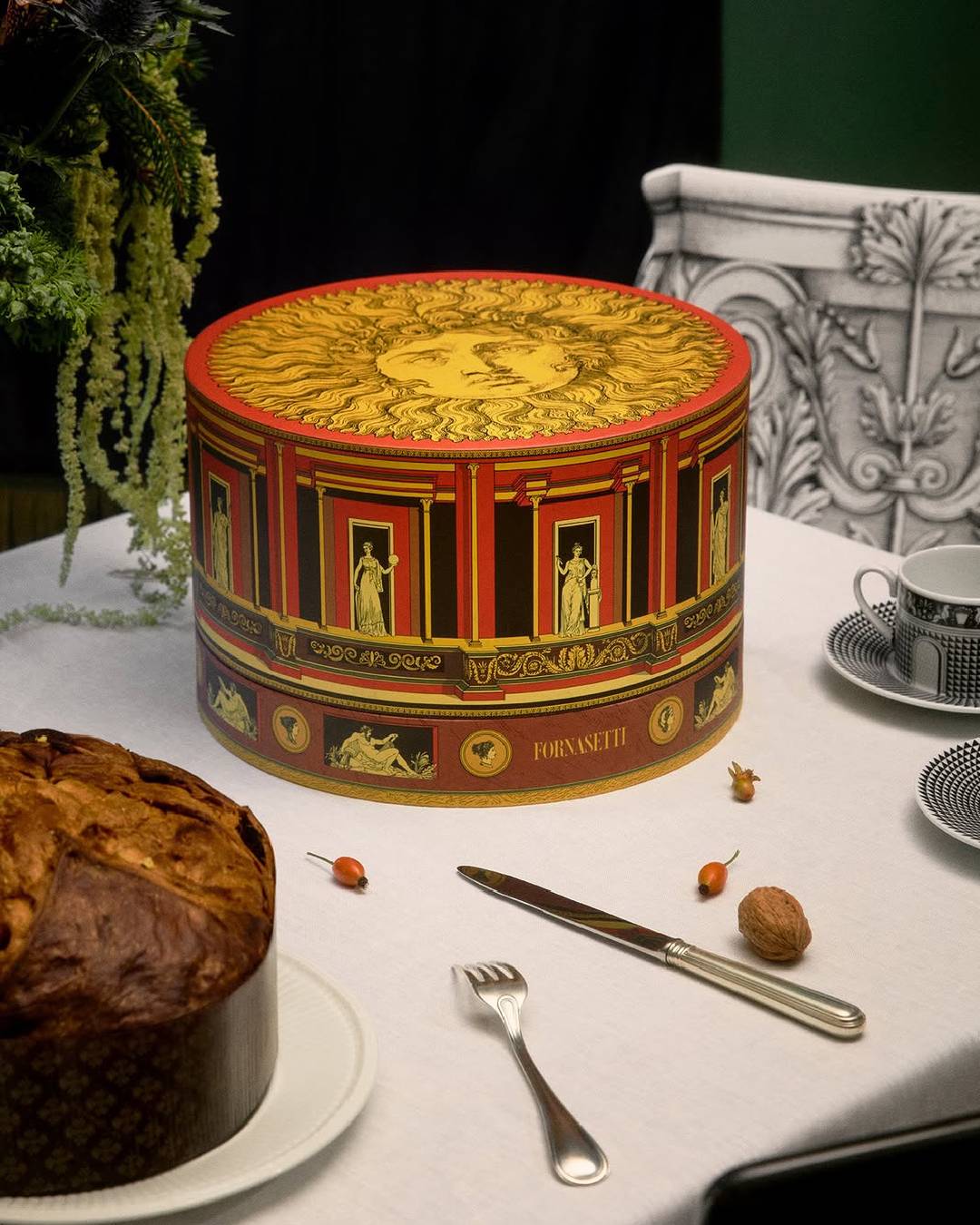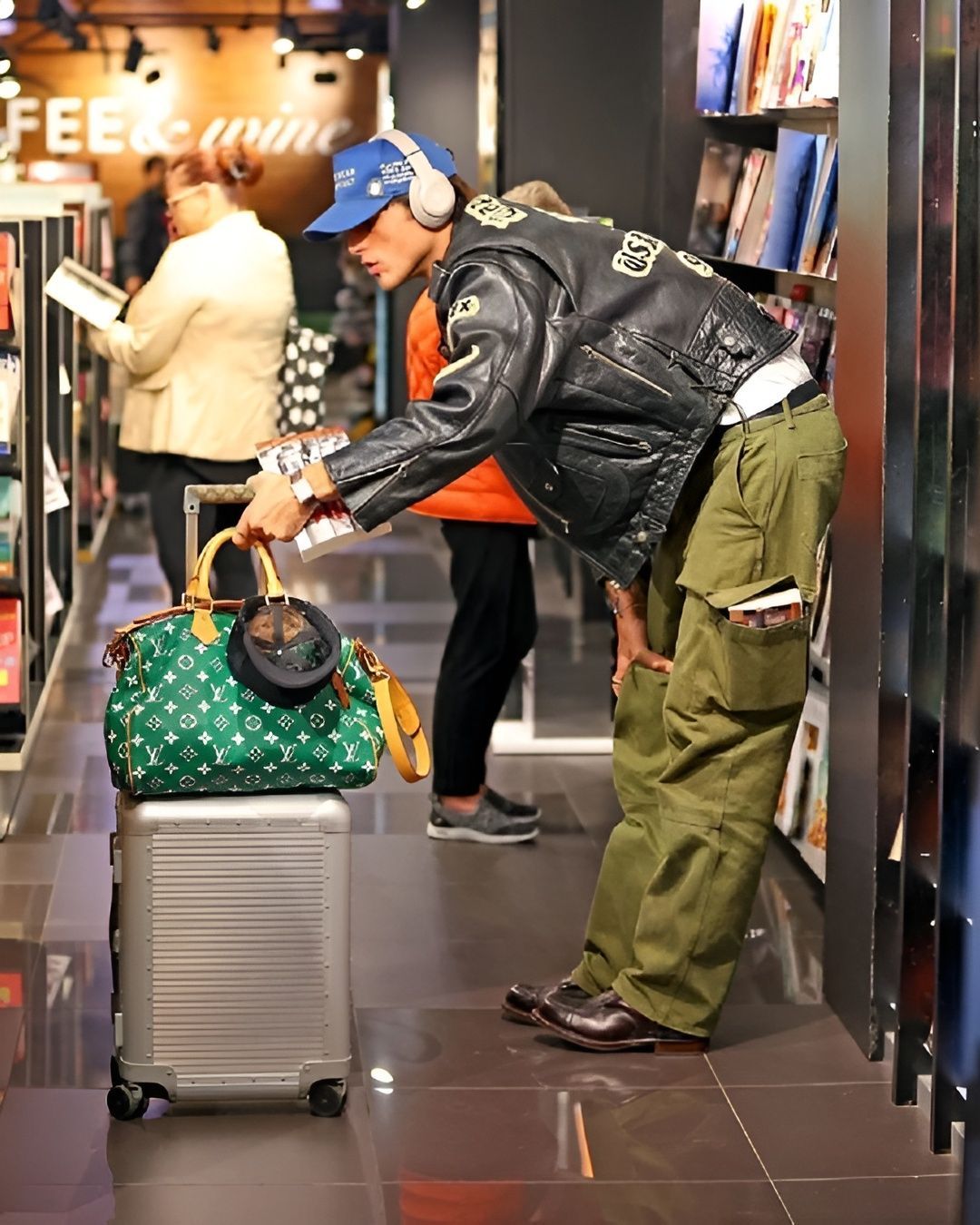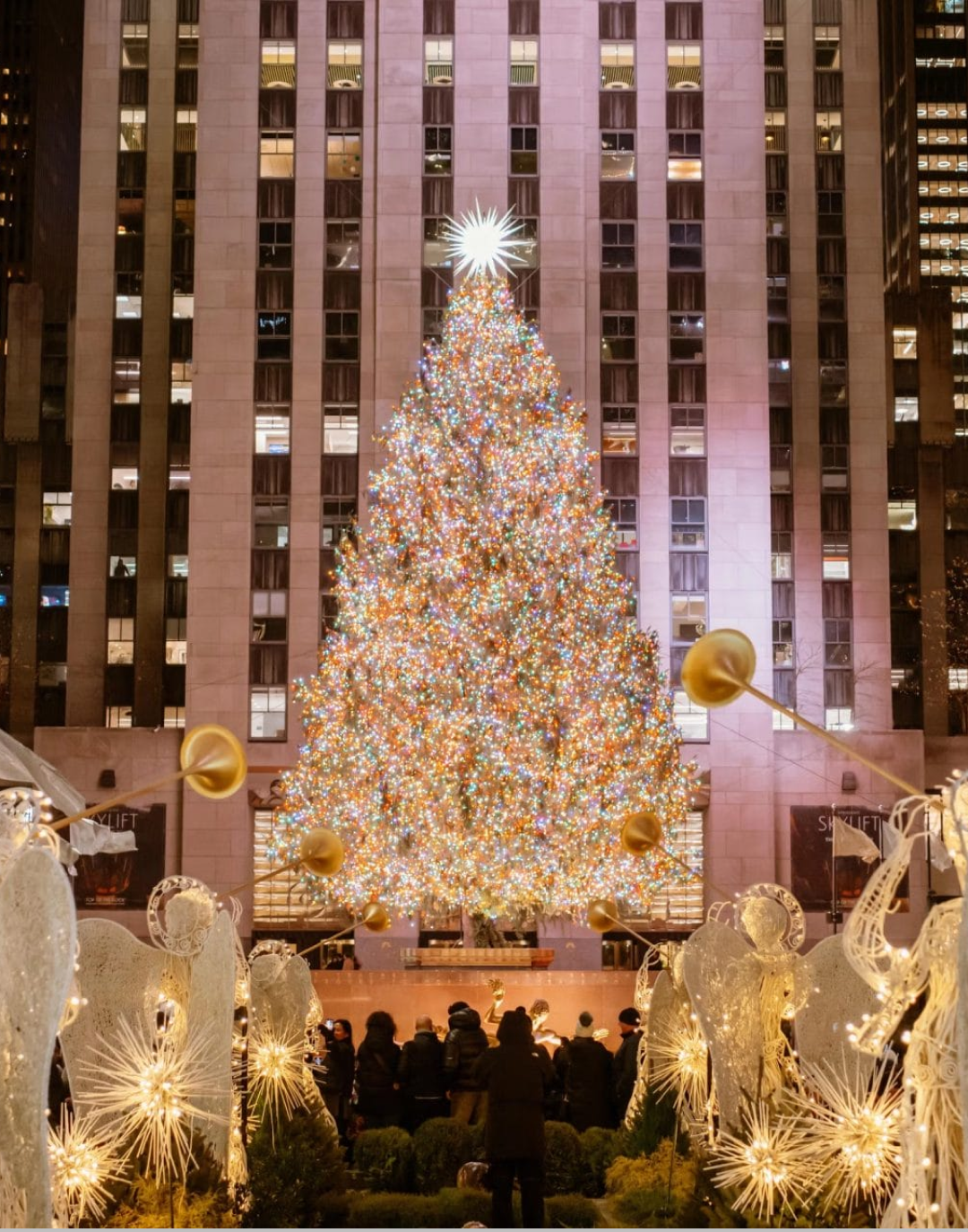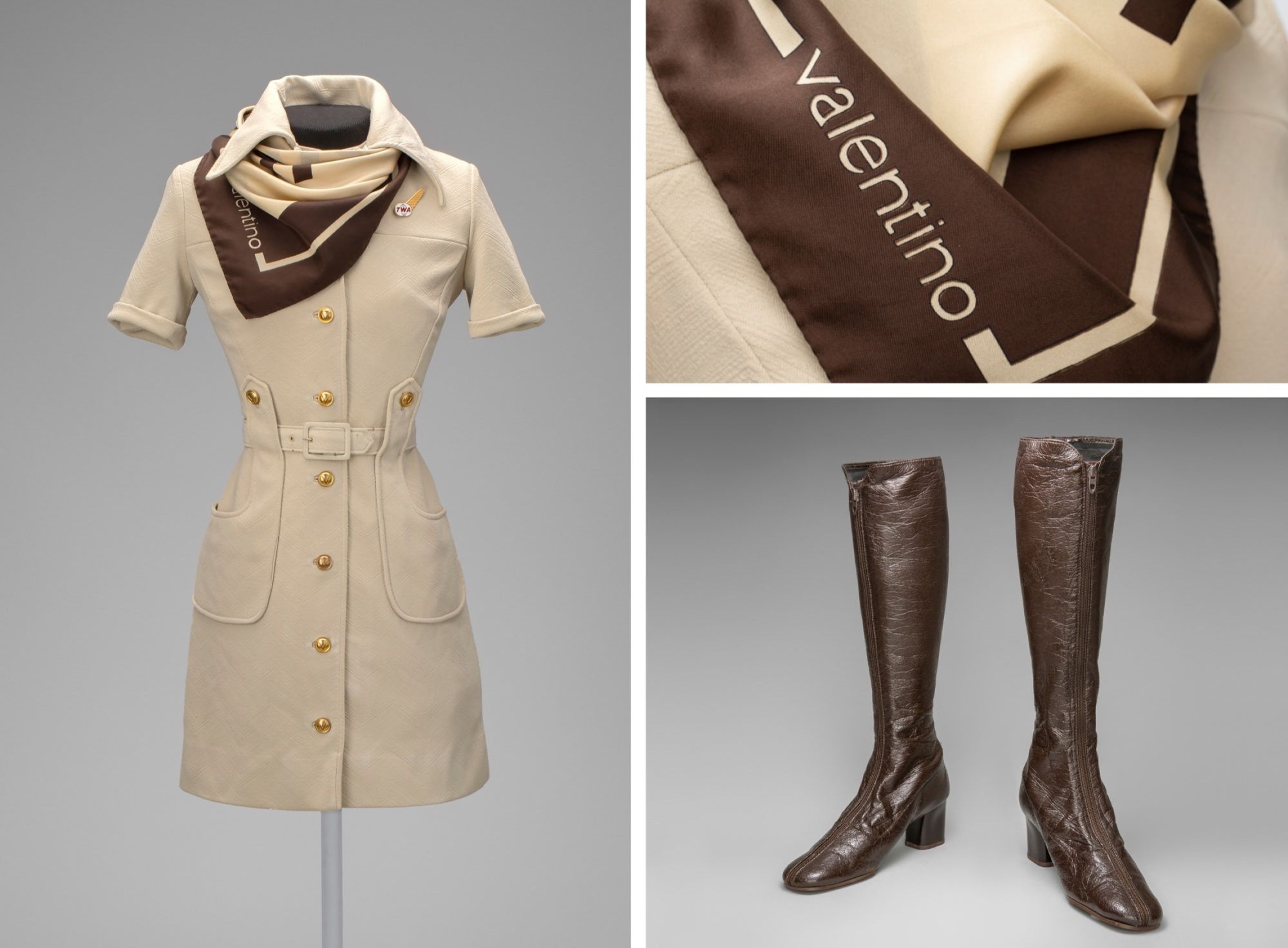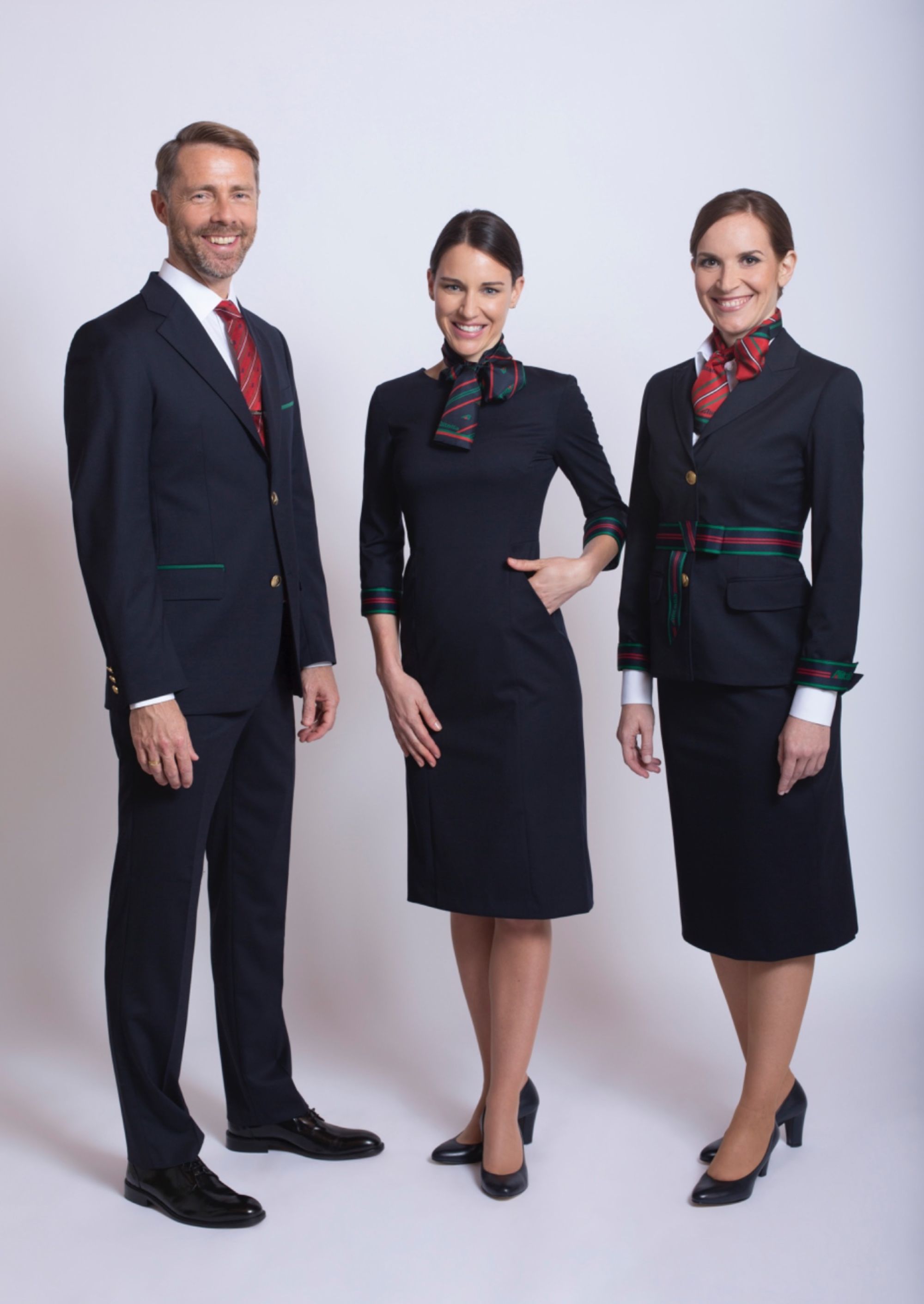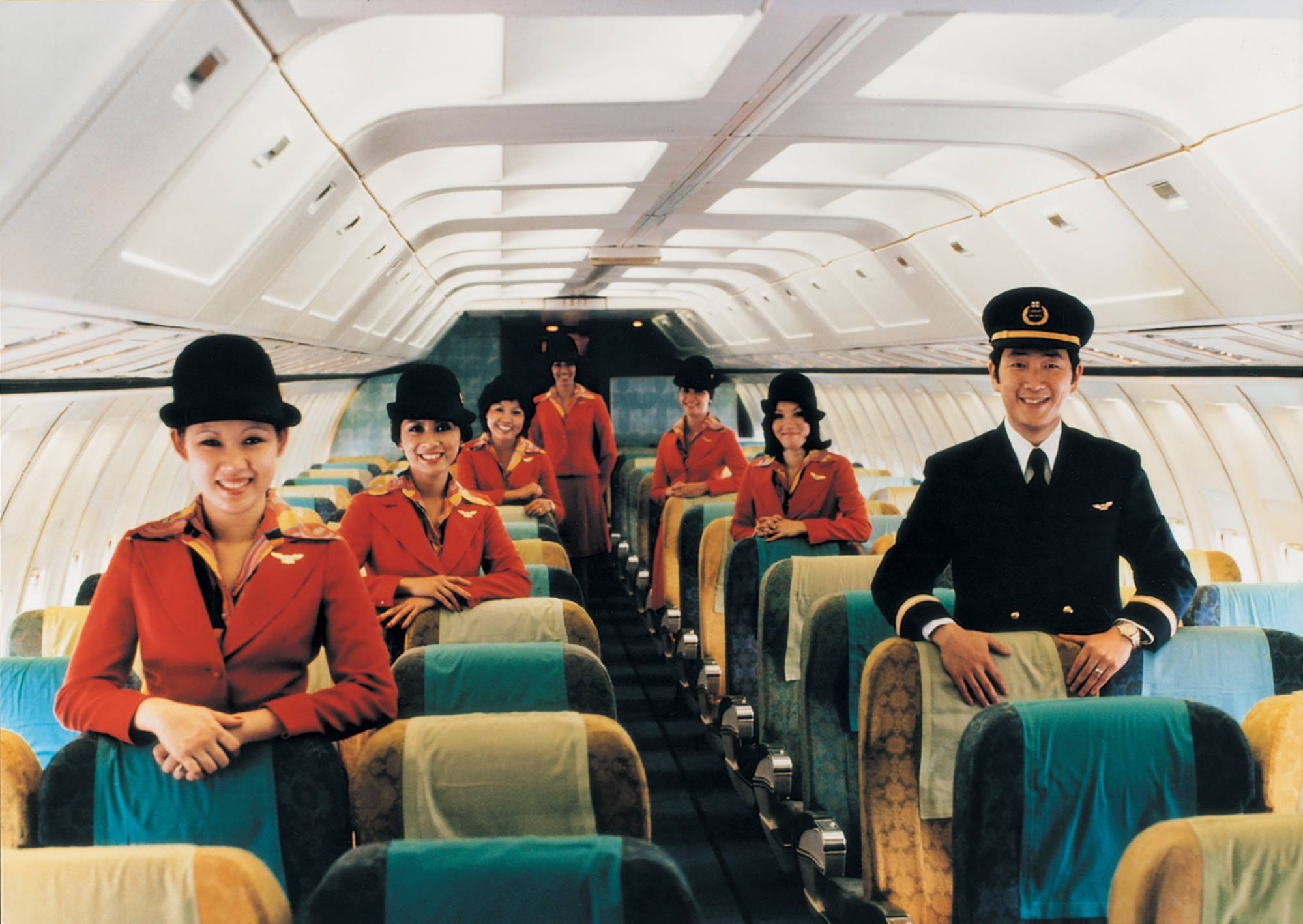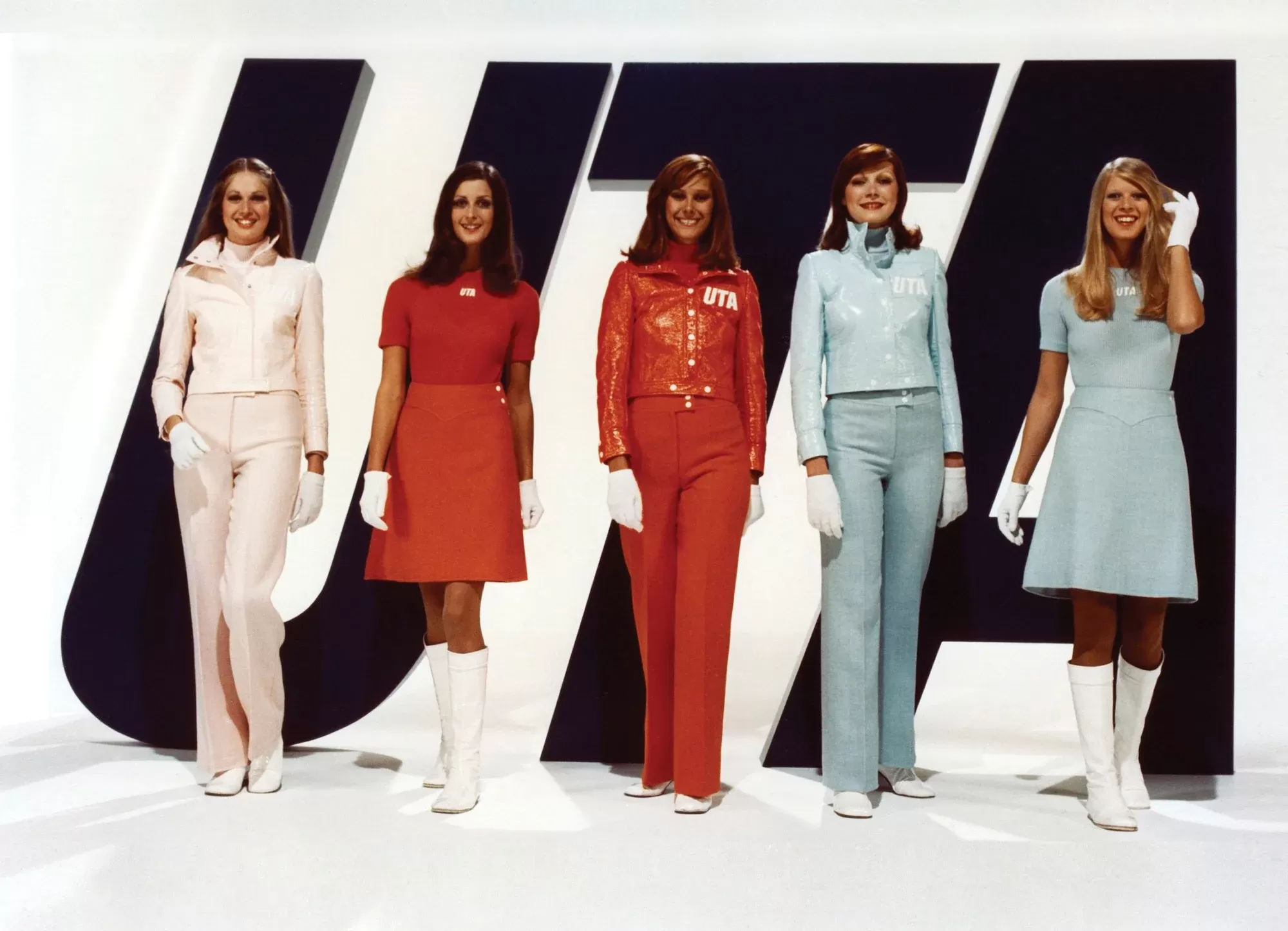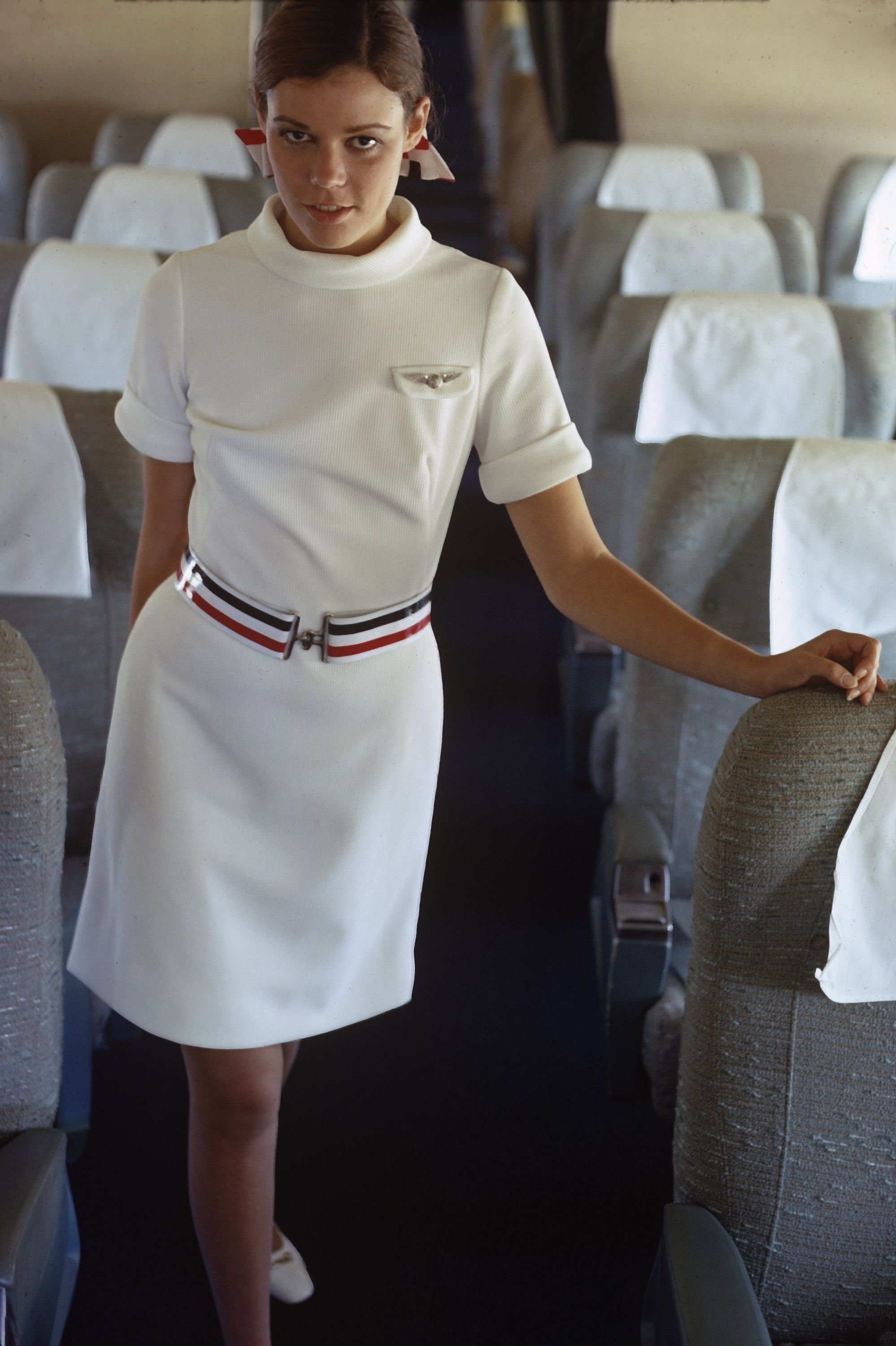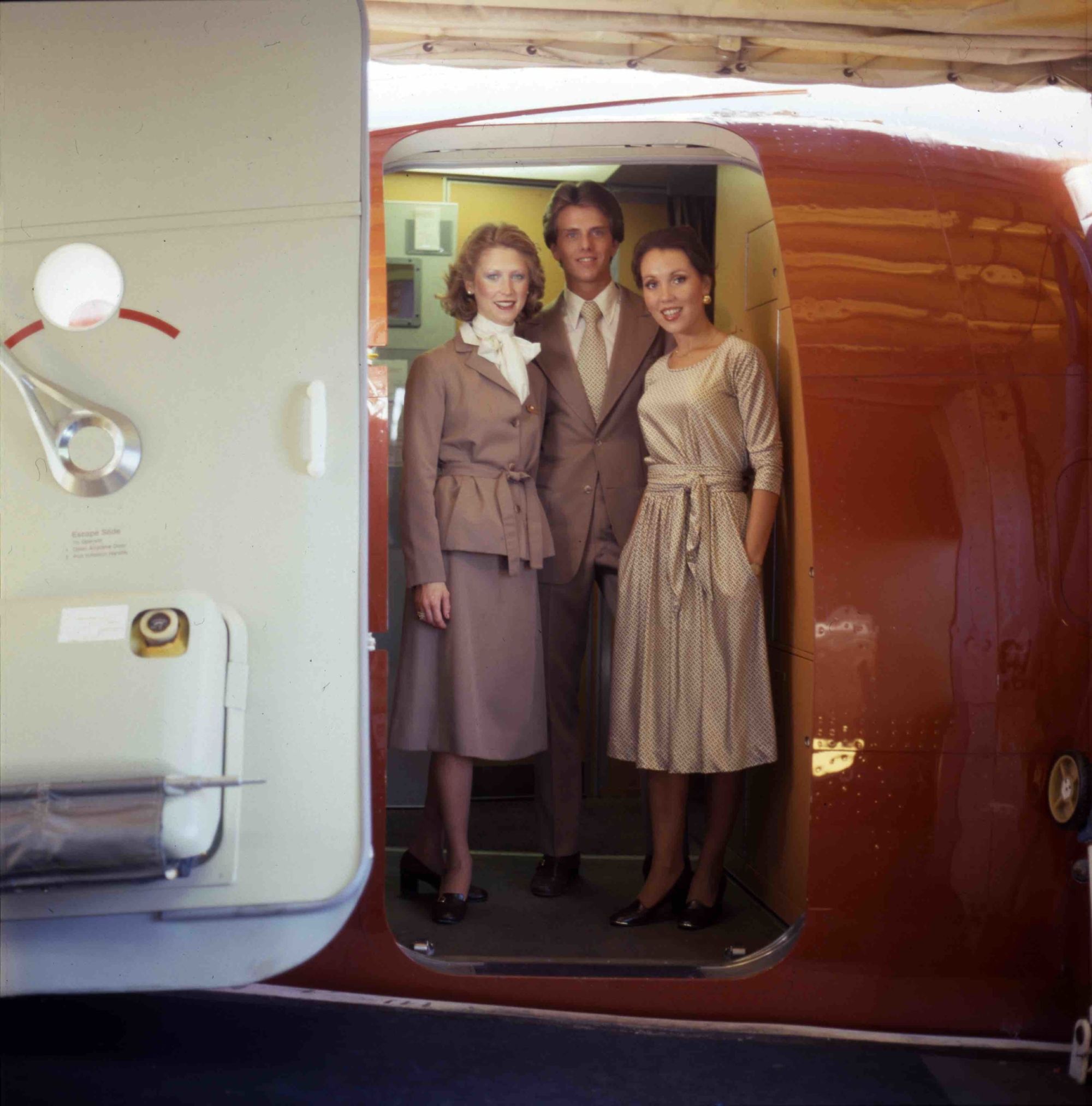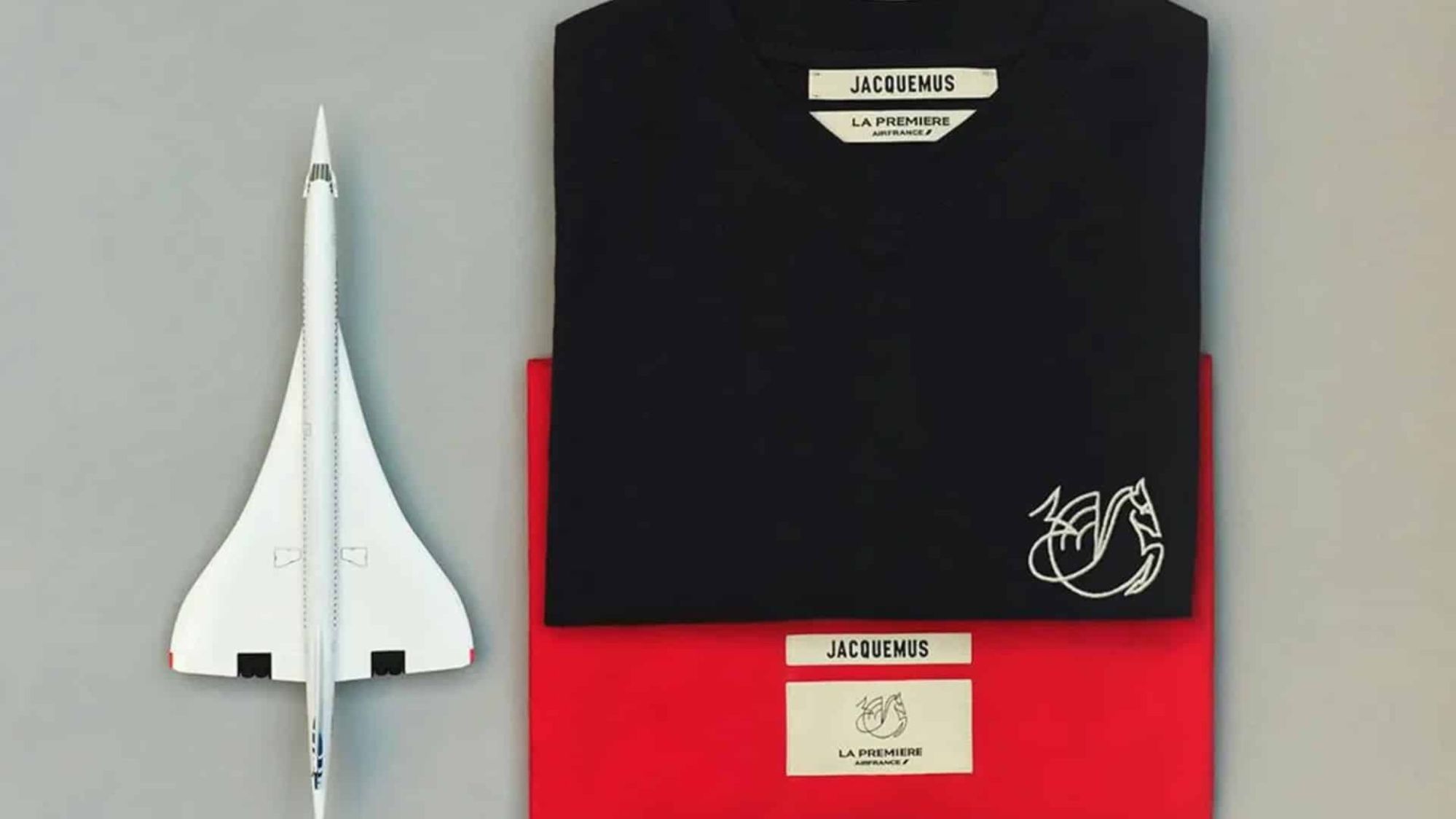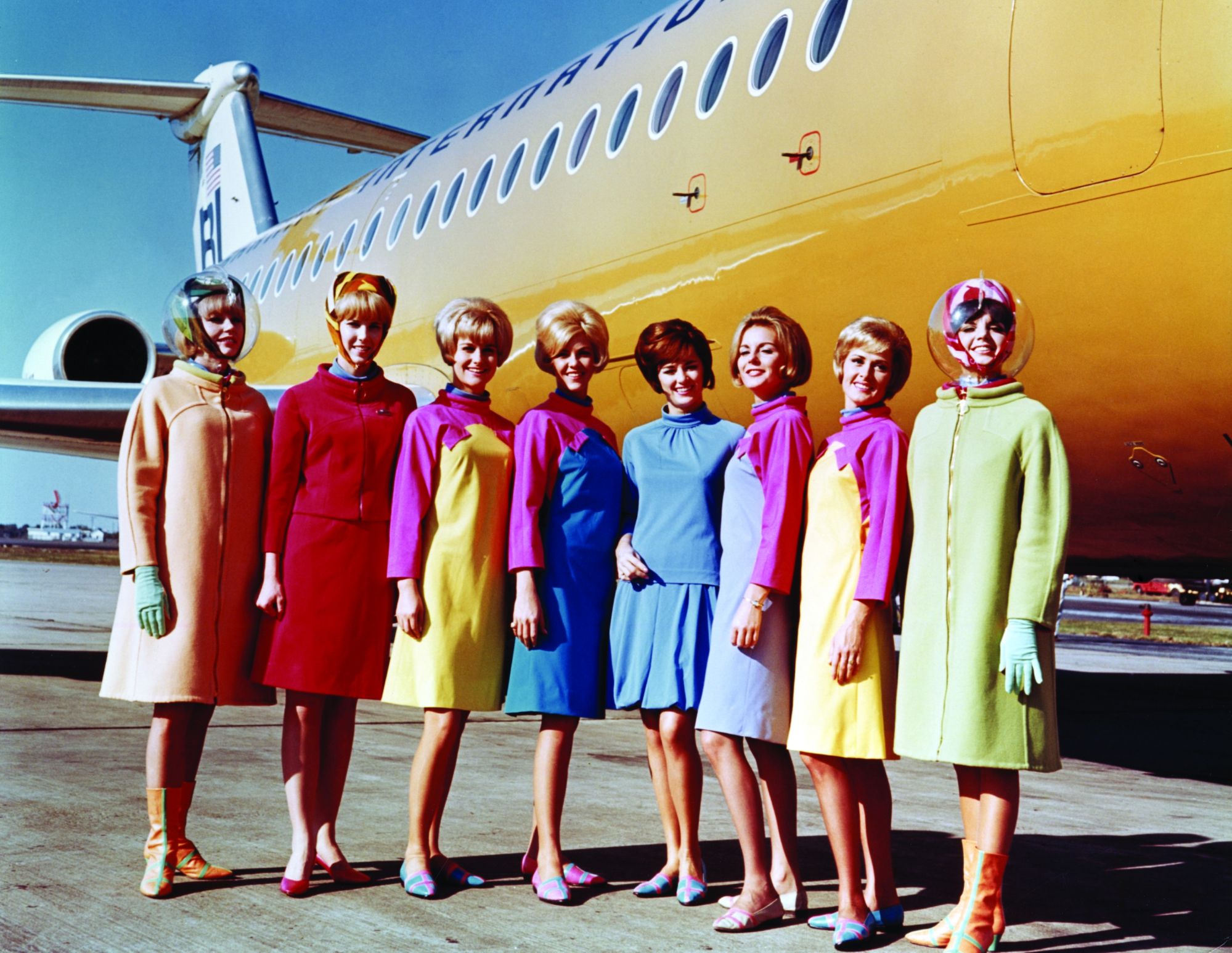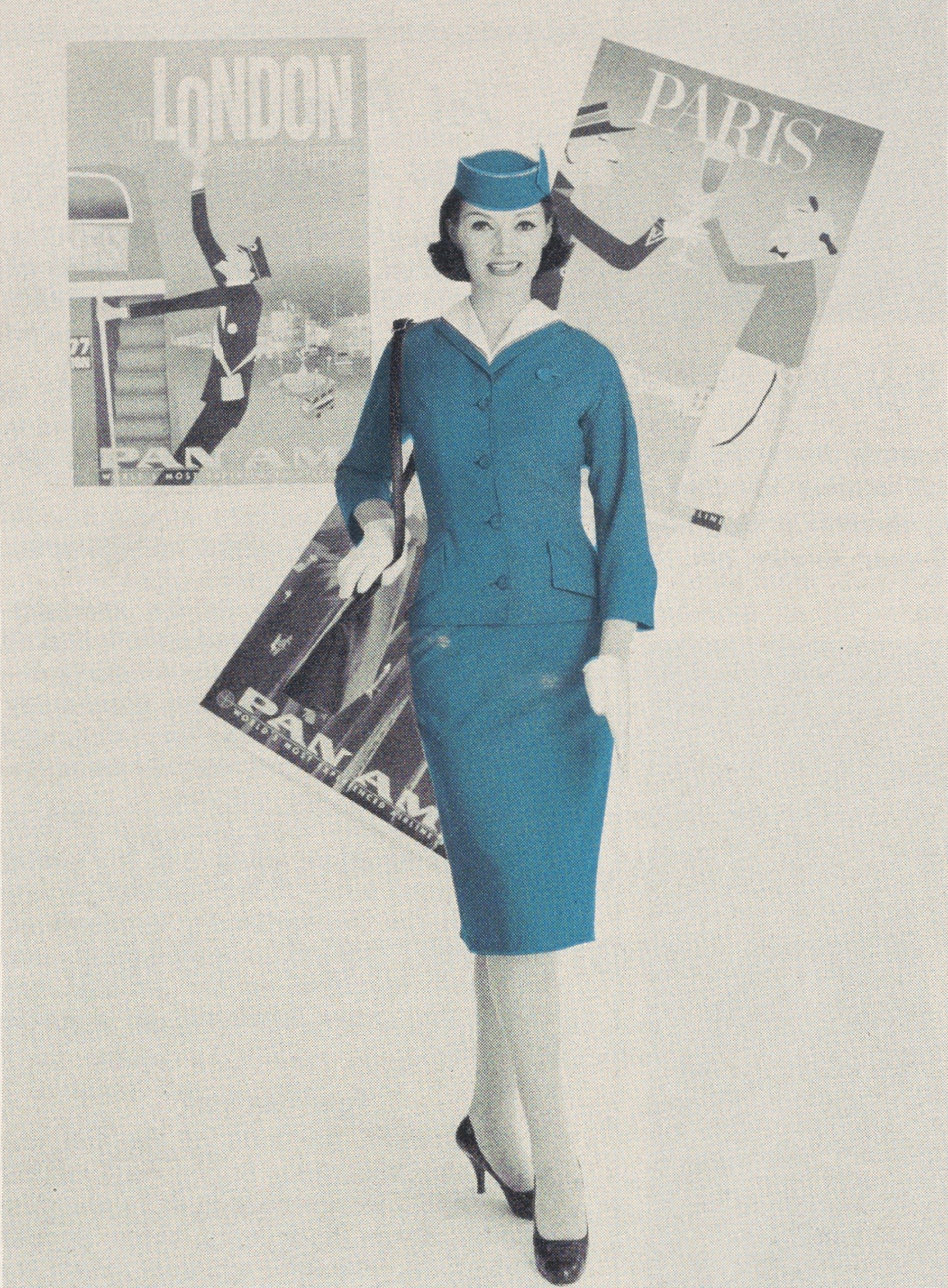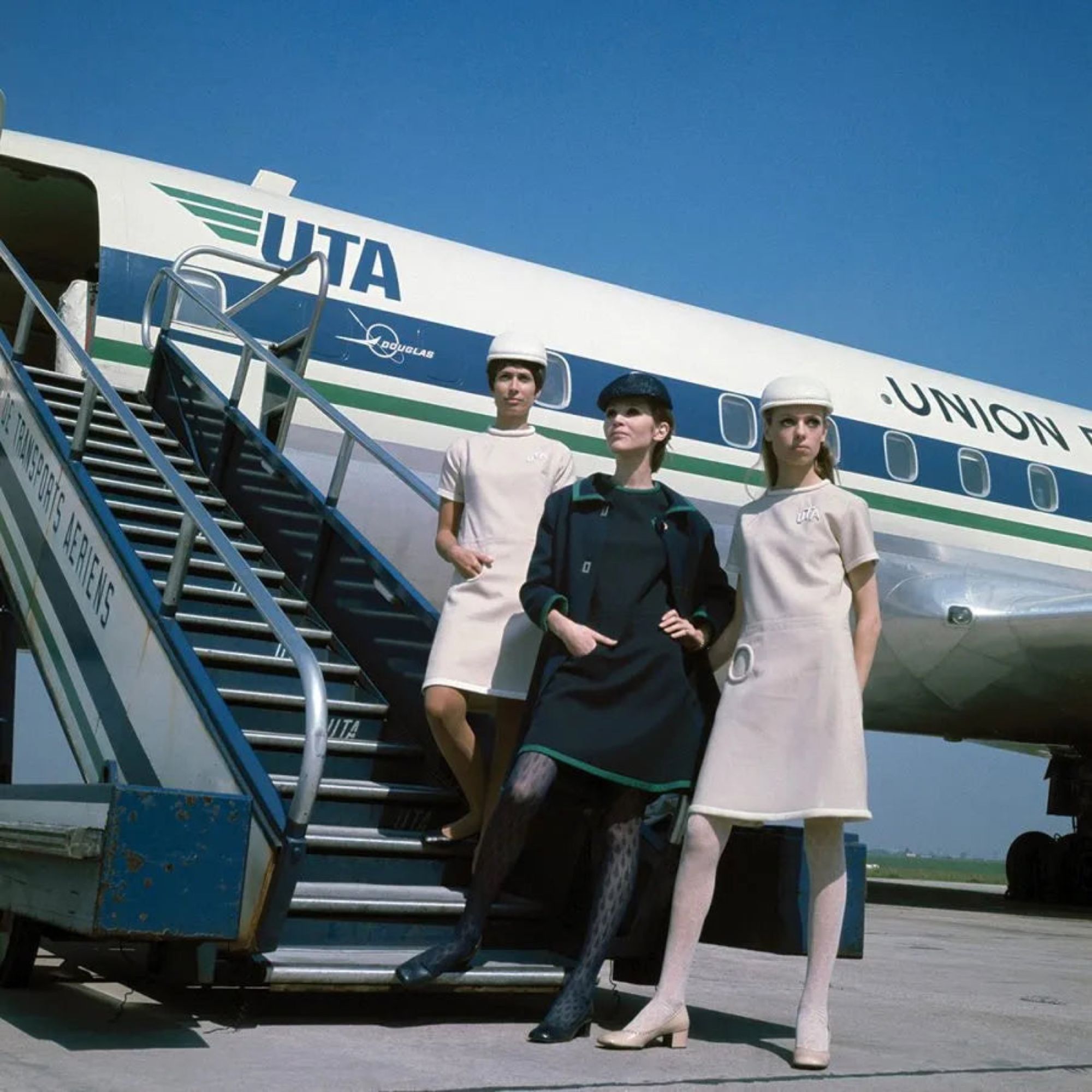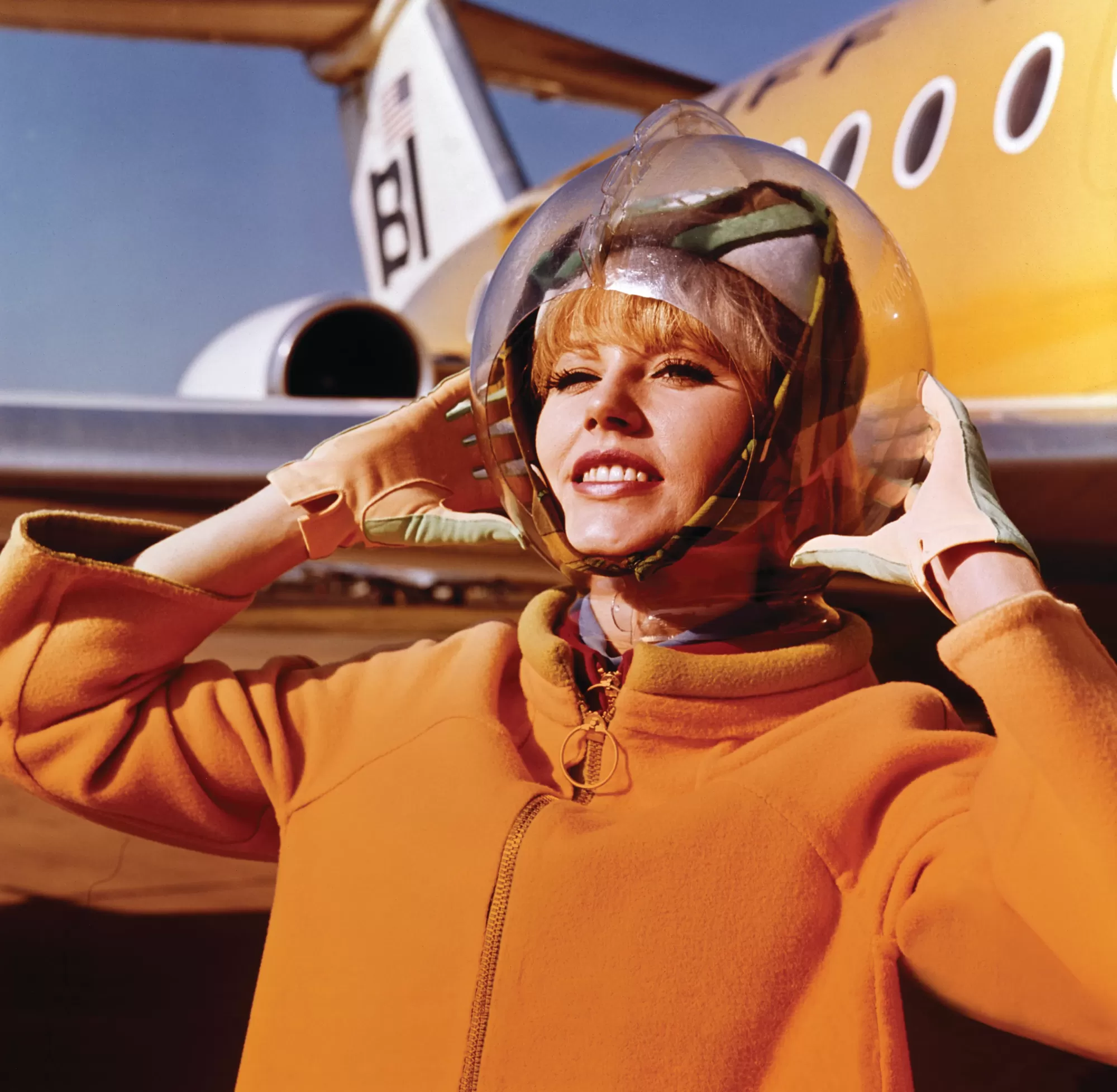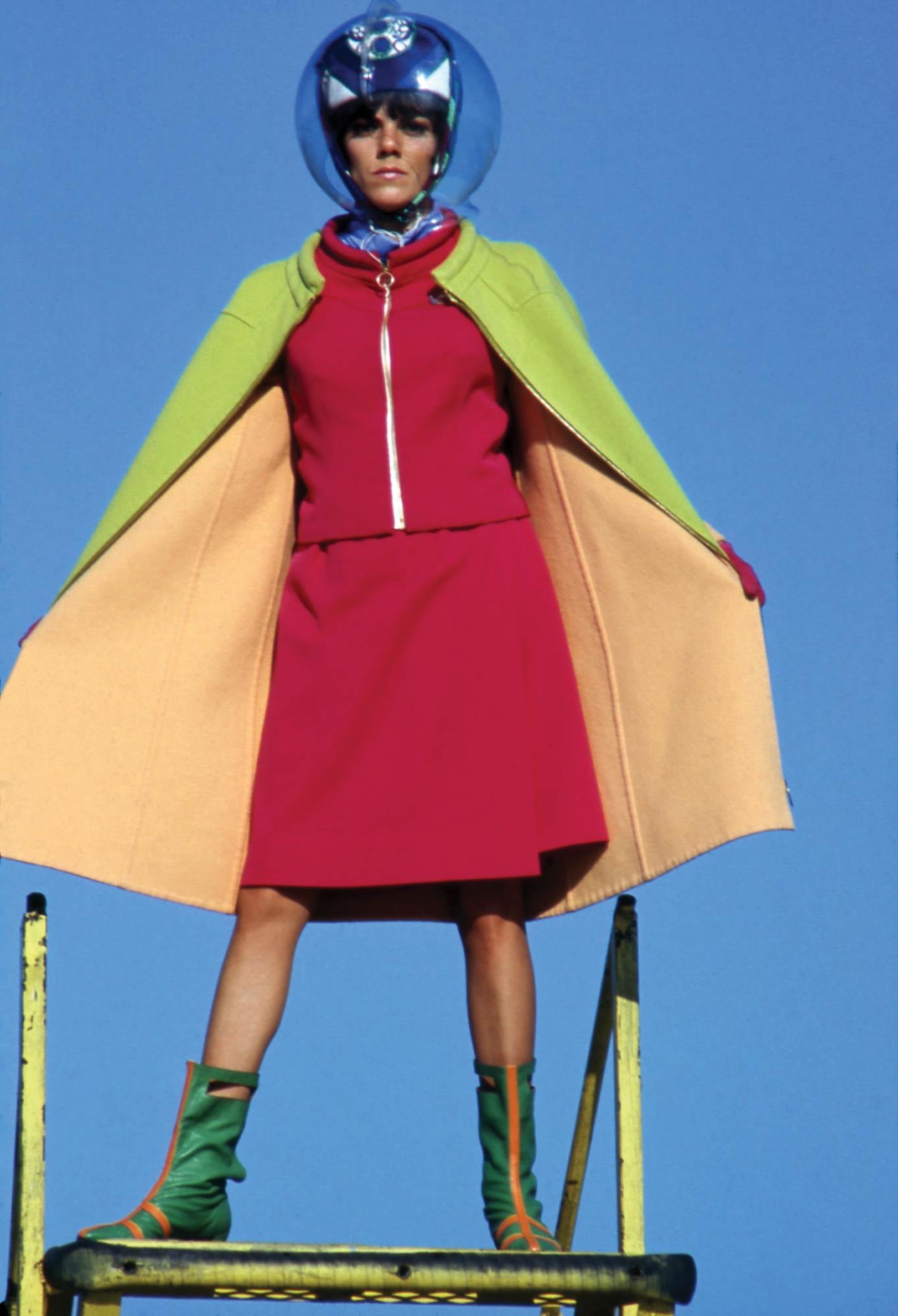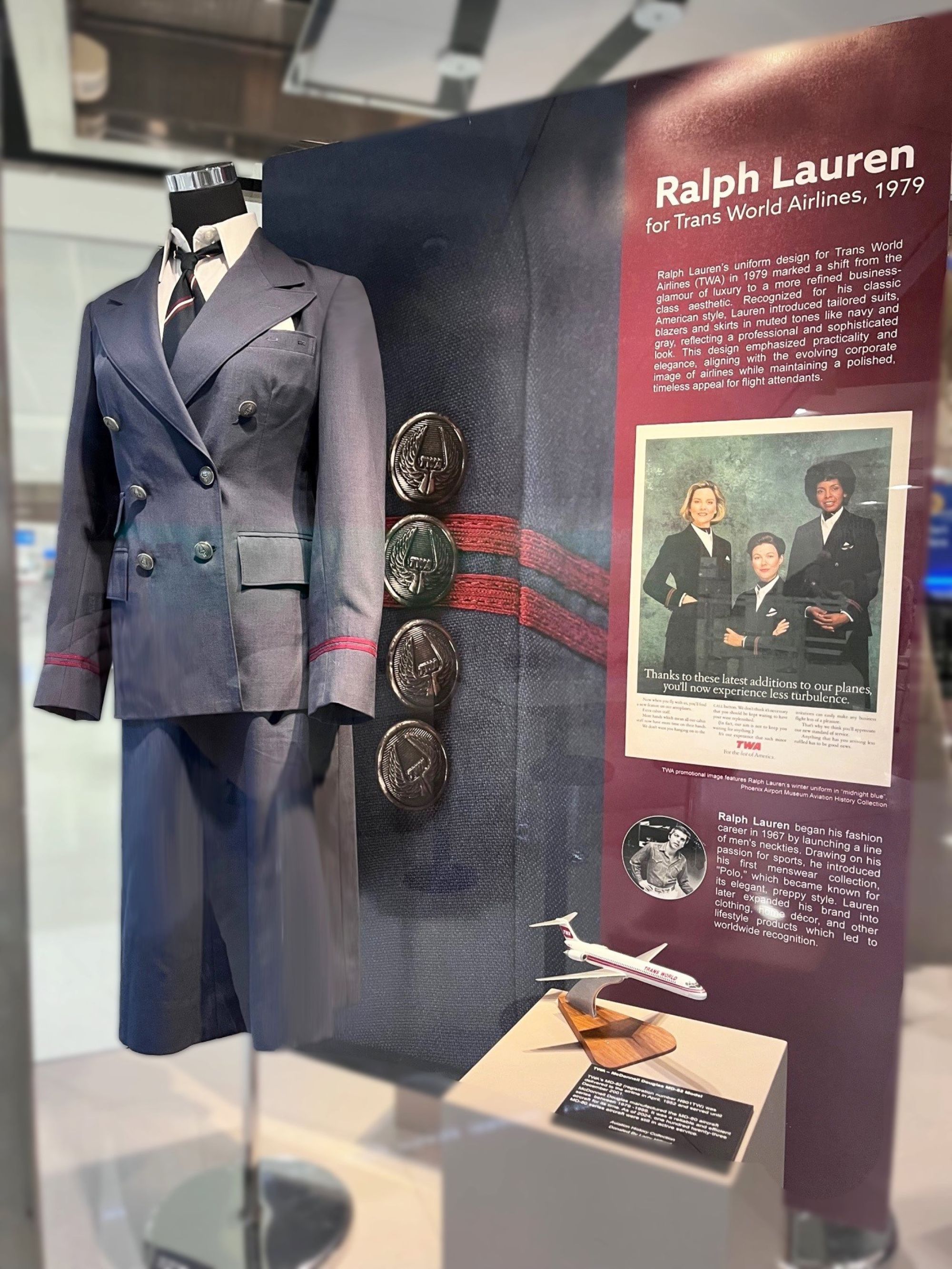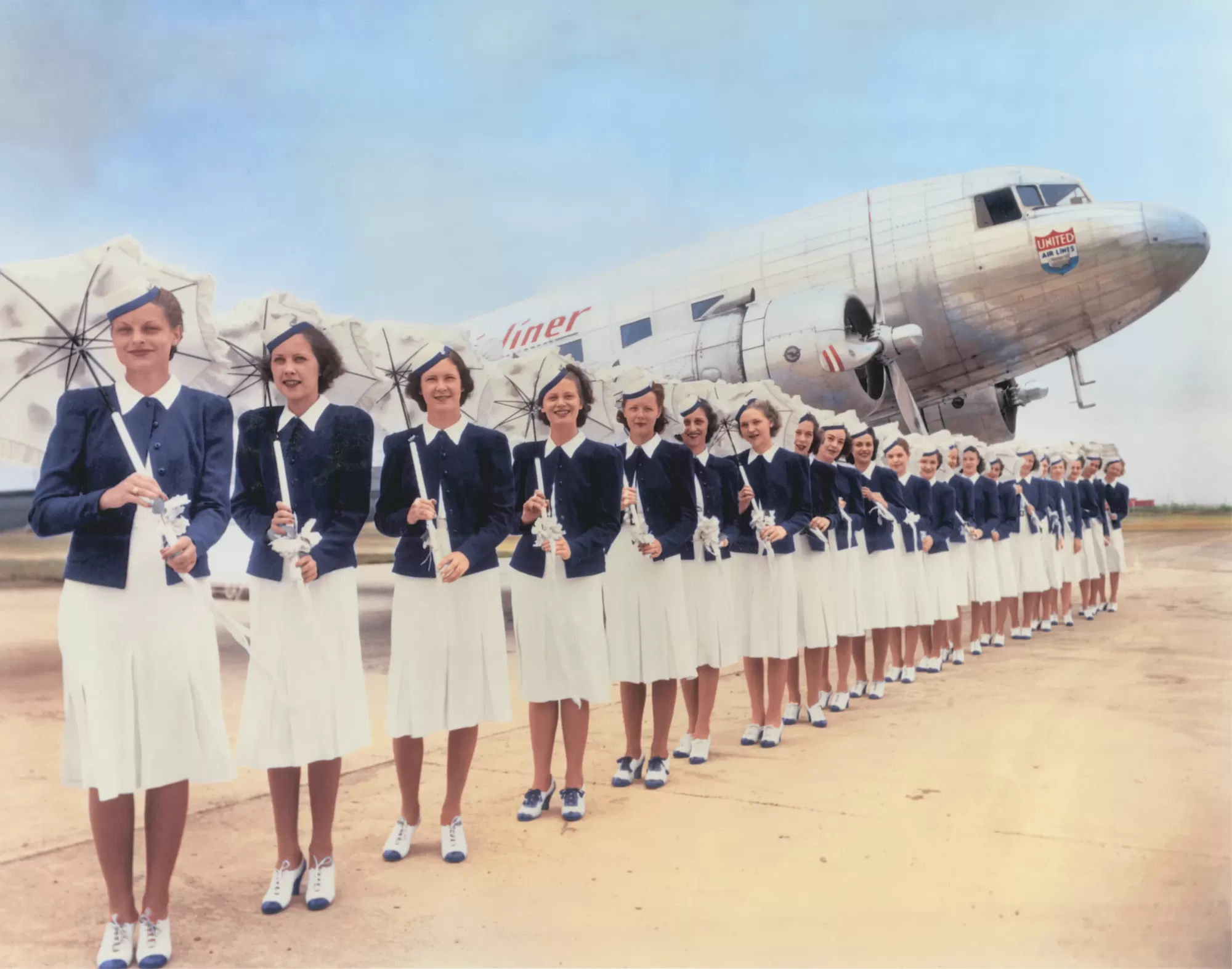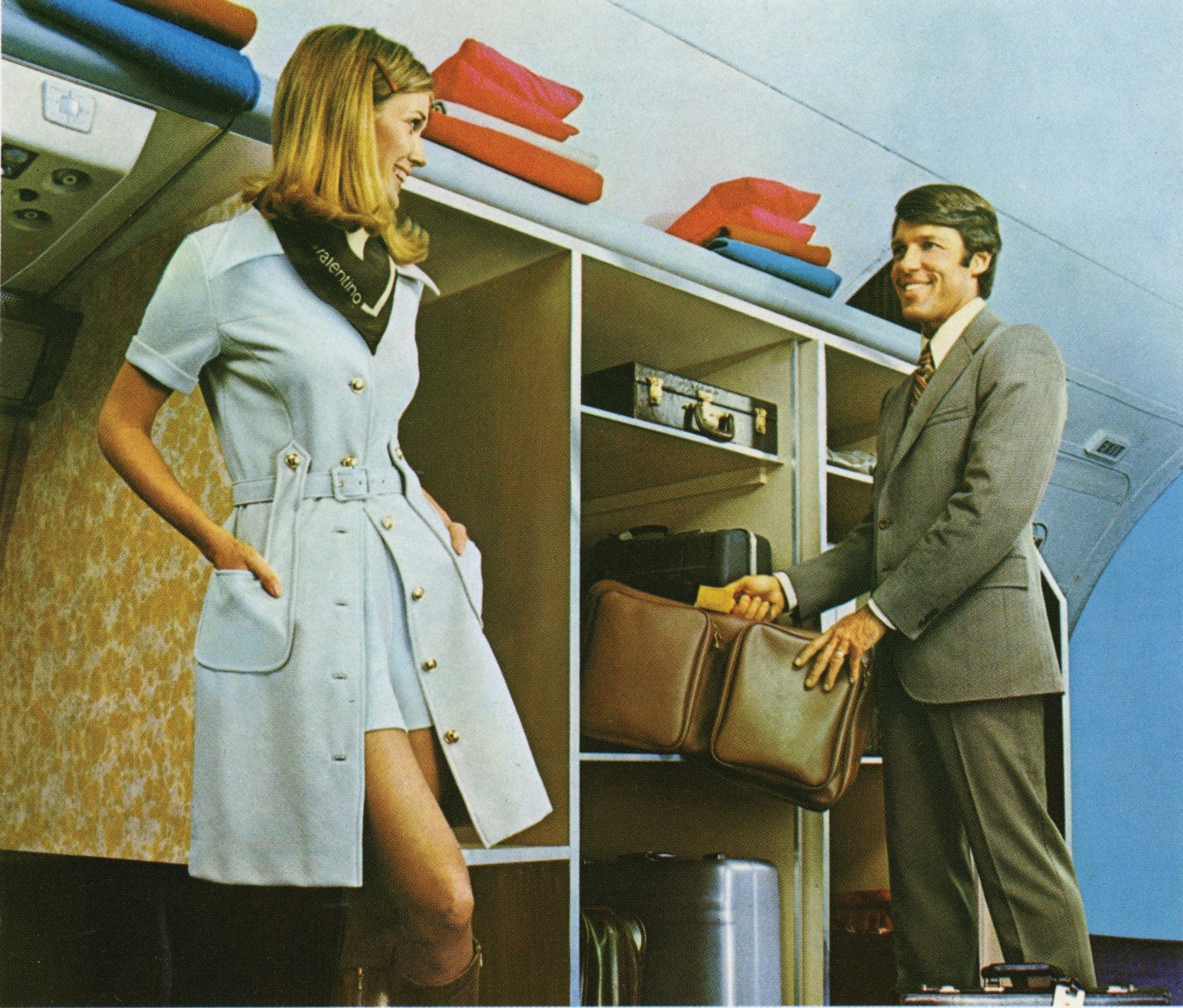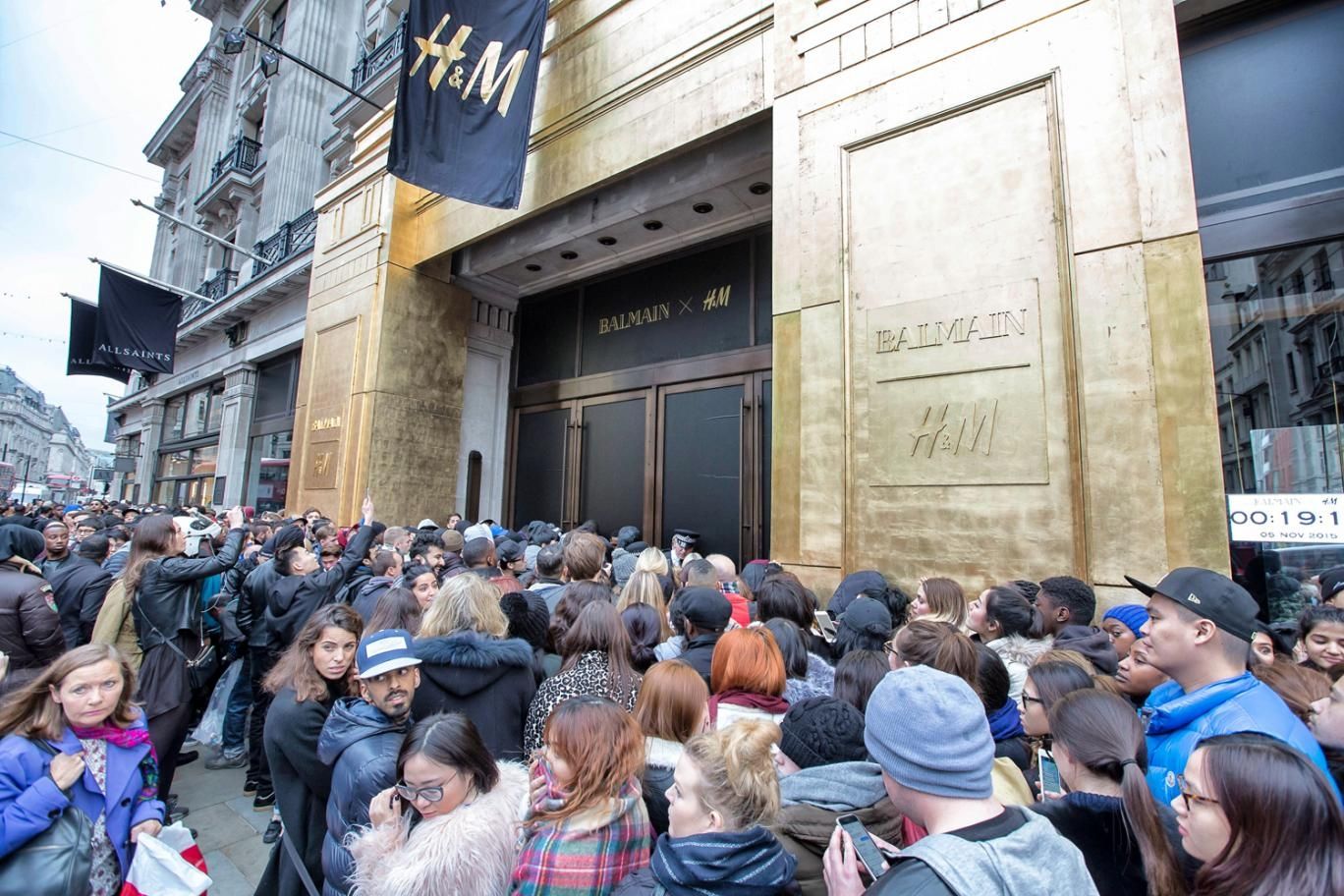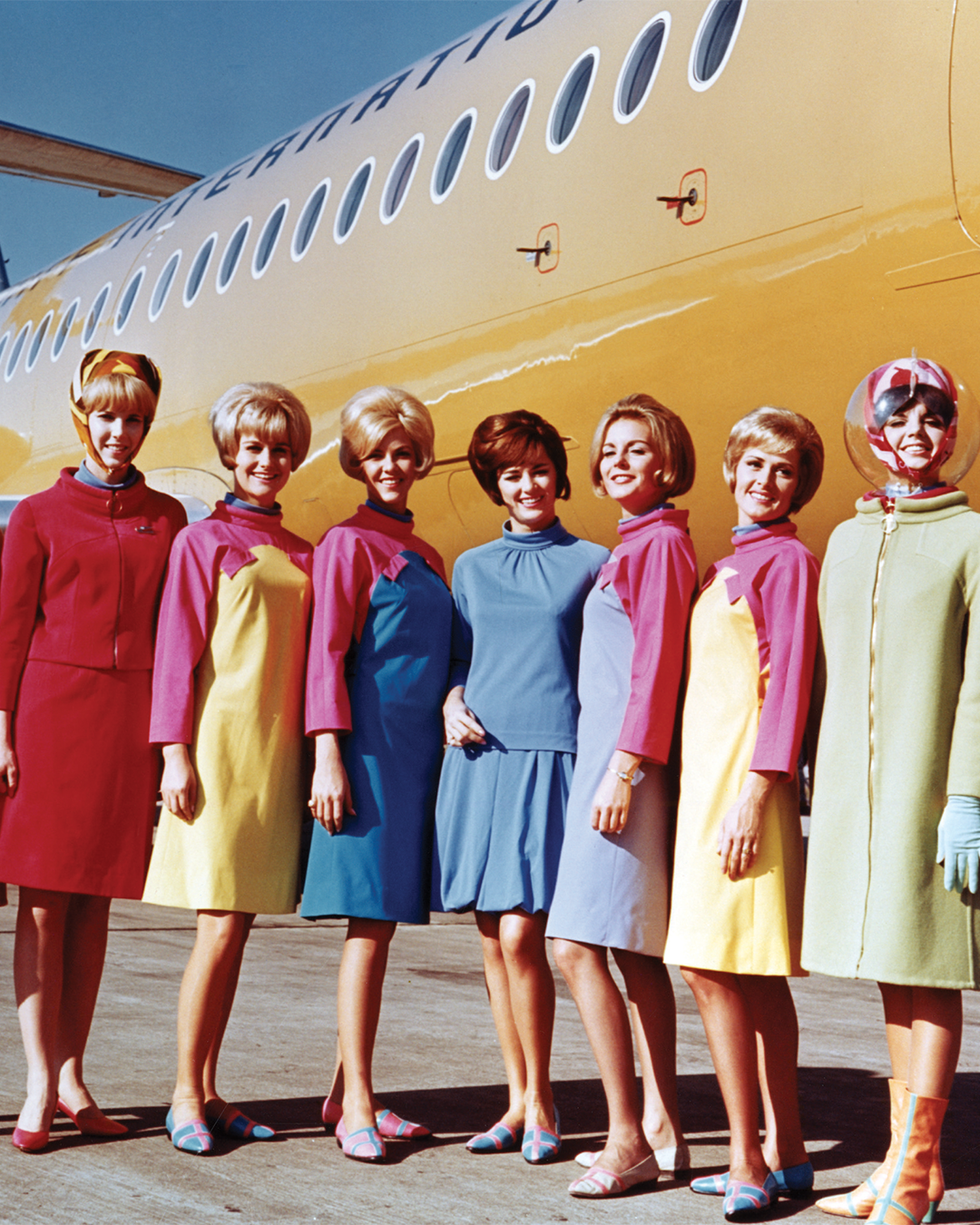
The history of flight attendant uniforms designed by fashion designers The next one to create them, for a Japanese Airline, will be Satoshi Kuwata of Setchu
Sometimes we forget that an airline is, first and foremost, a hospitality brand. Before the culture of air travel was swallowed up by (so-called) low-cost airlines that gladly sacrifice aesthetics on the altar of efficiency—making planes feel more like cattle cars—flying was an integral part of the vacation: there was great food, fully stocked bars, and a style of service that, even in its most luxurious modern versions, lacks the flair and color it once had. It was during that time that the myth of the air hostess and her male counterpart, the steward, was born. That was also the era when, after decades of nearly exclusively military-style uniforms, collaborations between fashion designers and airlines began—a tradition that continues today. In a press release today, All Nippon Airways announced that in just under two years, to celebrate its 75th anniversary, it will unveil a new uniform for its cabin crew designed by the rising star of Milan Fashion Week, Japanese designer Satoshi Kuwata of Setchu. We still don’t know what these uniforms will look like, or whether they’ll bring the airline more luck than the ones Alberta Ferretti created for Alitalia in 2018—a flag carrier that collapsed in 2021 after countless issues, and was later reborn as ITA Airways. But the connection between fashion and aviation goes back much further, and a key document in uncovering that history is the exhibition catalog of Fashion In Flight: A History of Airline Uniform Design from the SFO Museum in San Francisco—which served as the research foundation for this overview of what Balenciaga once called "aeronautical fashion."
Glamour in the Sky: Dior, Pucci, and Cardin
The first time a true fashion designer created uniforms for an airline was in 1950, when the Sorelle Fontana designed uniforms for the newly established Alitalia in a crisp, formal navy blue. In 1955, in the U.S., it was Oleg Cassini—Paris-born and later personal stylist to Audrey Hepburn and Jacqueline Kennedy—who designed two uniform sets, one brown for winter and one green for spring, for Trans World Airlines flight attendants. This design would dominate the rest of the decade and marked the beginning of a long collaboration between Cassini and the world of aviation. In 1959, another American designer, Don Looper, appeared with uniforms for Pan-Am and would go on to create several collections over the following years. But up to that point, no real fashion designer had been involved. The first, as mentioned, was Marc Bohan, creative director of Christian Dior since 1957, who designed the Air France uniforms in 1962: all in blue, made of coarse-grain fabric with a blouse and pillbox hat for winter, and lighter polyester versions (then called terylene, hailed as the fabric of the future) with a waist bow inspired by Japanese obi. Three years later, in 1965, Pierre Balmain designed new uniforms for Trans World Airlines, which had realized the branding potential a couturier could bring. His design featured an ecru and blue combination with an interesting asymmetric collar and a cap adorned with a rosette. However, the jacket turned out to be too warm and hard to wash, so the following year Balmain revisited a previous Don Looper design to create a new, lighter blue uniform.
Meanwhile, the era of the psychedelic and futuristic late '60s was approaching, and uniforms became more colorful and modernist. Braniff International Airways was born, shouting the slogan "The End of the Plain Plane", and to define its new identity it hired Italian designer Emilio Pucci, who in 1965 created the Gemini IV collection, a strikingly modern line where geometric patterns covered dresses and tights alike, clashing with go-go boots designed by Beth Levine, creating a truly lysergic yet beautiful effect. In 1968, Pucci created another uniform consisting of a shocking pink dress worn under a silvery apron-like layer that evoked the Space Age style, which would soon be embraced by young Pierre Cardin. Cardin later designed a uniform for Union des Transports Aériens featuring gabardine mini-dresses in both beige and blue with a little visor cap. Around the same time came uniforms by Jean Louis for United Airlines, following a similar sleek style, perhaps even lighter and more modern. In 1969, Cristóbal Balenciaga designed uniforms for Air France—a modern collection in navy wool serge, which received mixed reviews but was significant as Balenciaga’s last project outside of Haute Couture before he closed his fashion house.
The '70s and the New Women's Outfits
Entering the groovy '70s, the mood shifted. One example is the uniform Pucci created in 1971 for Braniff, which included a jumpsuit in shades of green, pink, and blue, decorated with the brand's signature prints (for the summer version, the skirt revealed ultra-short shorts that even today’s flight attendants might hesitate to wear on board). That same year saw the release of plum-colored uniforms by Valentino Garavani for Trans World Airlines, which also featured a refined scarf and logo buttons as well as a front-slit skirt revealing tone-on-tone hot pants. Another version existed in beige with a slightly different construction. Pucci returned once more to design uniforms for the same airline (his last collaboration) in 1973, and another set for Qantas Airways the following year. That collection, with its green blazer layered over a botanical print dress, seemed to foreshadow the heaviness of '80s fashion. In 1972, Mila Schön’s red uniform for Alitalia became another classic, while in ’73 Pierre Balmain returned to design for Cathay Airlines with a collection he called Tung Hoi, featuring a red suit, a printed shirt, and, curiously, a bowler hat instead of a traditional cap, which many airlines were already phasing out. Another French designer, Courréges, replaced Union des Transports Aériens uniforms originally designed by Cardin with an even more modern look that included a rebranded version of the iconic vinyl jacket still sold today in white, red, and aqua. These uniforms also included structured skirts and more comfortable trousers. In the U.S., airline uniforms became either very pop and colorful, dominated by A-line dresses, or—like the ones Bill Blass designed for American Airlines in 1974—they echoed the mix-and-match look with navy and Vichy checks. The key piece was a two-tone dress that gave the illusion of a shirt and skirt combo but was actually a single garment.
Meanwhile, the world of aviation was evolving. The legendary Concorde was born—the plane that crossed the Atlantic breaking the sound barrier—mainly used by Air France and British Airways. In 1976, Air France asked the creative director of Patou, Angelo Terlazzi, to design a special uniform just for the Concorde crew – Terlazzi created another unique garment, in polyester, which was highly fashionable at the time, with an optical print of contrasting lines and a Mandarin collar. You could already sense a shift in taste, which Halston would confirm in ’77 with his collection for Braniff, featuring a minimalist outfit with a collarless jacket buttoned at the front and a beige skirt worn over a shirt – not the greatest work by the iconic Halston, to be honest. Overshadowing him was a giant: the following year, a young Ralph Lauren inaugurated a new era with his uniform for Trans World Airlines. It was a preppy, double-breasted suit with a strict knee-length skirt, worn with a shirt and tie and decorated with military-inspired insignia and ranks. A look that seemed to foreshadow the Reagan era and the rise of power suits, putting an end to the flamboyance of the 1970s, which concluded in ’79 with the uniform Hermès designed for Union des Transports Aériens – a green dress paired with a cardigan that, truth be told, was not exactly the masterpiece one might expect from the legendary French Maison.
The Decline of Designer Collaborations
By then an established practice, collaborations continued wearily through the 1980s. In 1986, while Renato Balestra was designing the new uniforms for Alitalia, Qantas Airways commissioned Yves Saint Laurent, who created a uniform consisting of a white dress decorated with stylized kangaroos in blue, light blue, red, and yellow, worn under a blue and red blazer paired with a scarf. A more athletic version came the following year from Marc Bohan of Dior, who created a uniform for Union des Transports Aériens that included a sweater, striped Mandarin-collar shirt, and skirt, worn until 1992. Having become large companies, and with many smaller airlines gone, flight attendant uniforms grew more corporate and subdued, and no longer stood out as they once had. That didn’t stop Giorgio Armani, in 1991, from designing Alitalia’s uniforms in an unexpected (and very Armani-esque) dark taupe color with a soft, slightly masculine silhouette. Fast-forwarding over a decade, in 2005, Christian Lacroix designed the uniforms for Air France: black, with a red belt and a nostalgic charm, they were known as robe-manteau.
It would take nearly another decade—until 2014—for another noteworthy collaboration: Vivienne Westwood for Virgin Atlantic. A wildly red suit, with a jacket that created a mischievous wasp waist, modeled after the Bettina silhouette that Westwood had used in her runway collections. The outerwear paired with the suit was spectacular, with huge lapels and enveloping shapes. Then, in 2018, came Alberta Ferretti with her celebrated collection for Alitalia. Following the airline's collapse and rebirth as ITA Airways, Brunello Cucinelli offered his consultancy free of charge for a clean and elegant uniform line dominated by navy blue. This year, a new collaboration was announced between Air France and Jacquemus—not for the crew uniforms, but for the pajamas provided to first-class passengers. Possibly the first collection of its kind, it shows how, after their “institutional” phase, many airlines are once again acting as hospitality brands, promoting themselves through a lifestyle promise. Perhaps that’s why All Nippon Airways decided to involve Satoshi Kuwata for the creation of its uniforms, reinforcing a storytelling strategy centered on design excellence.


